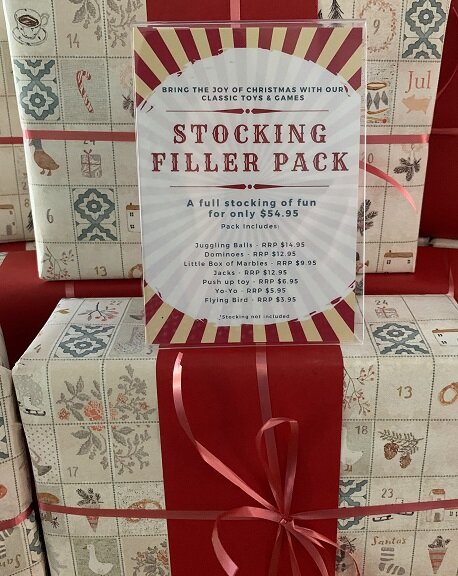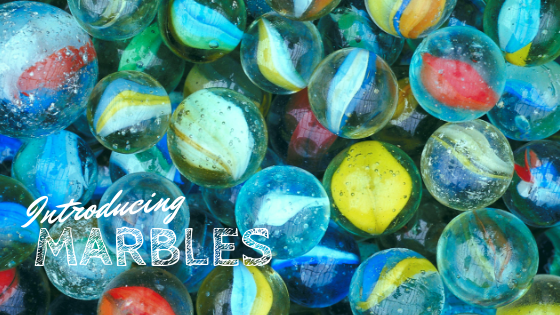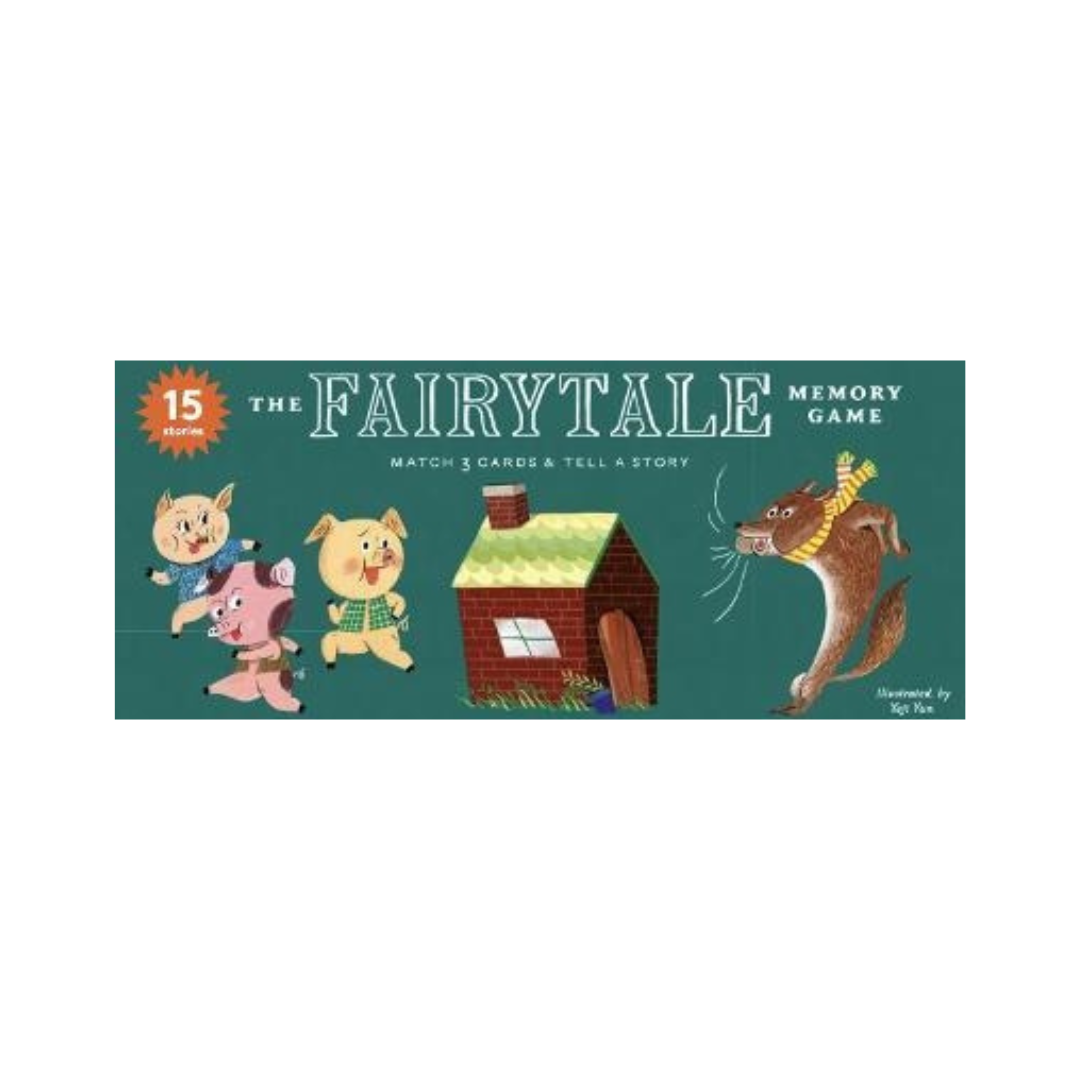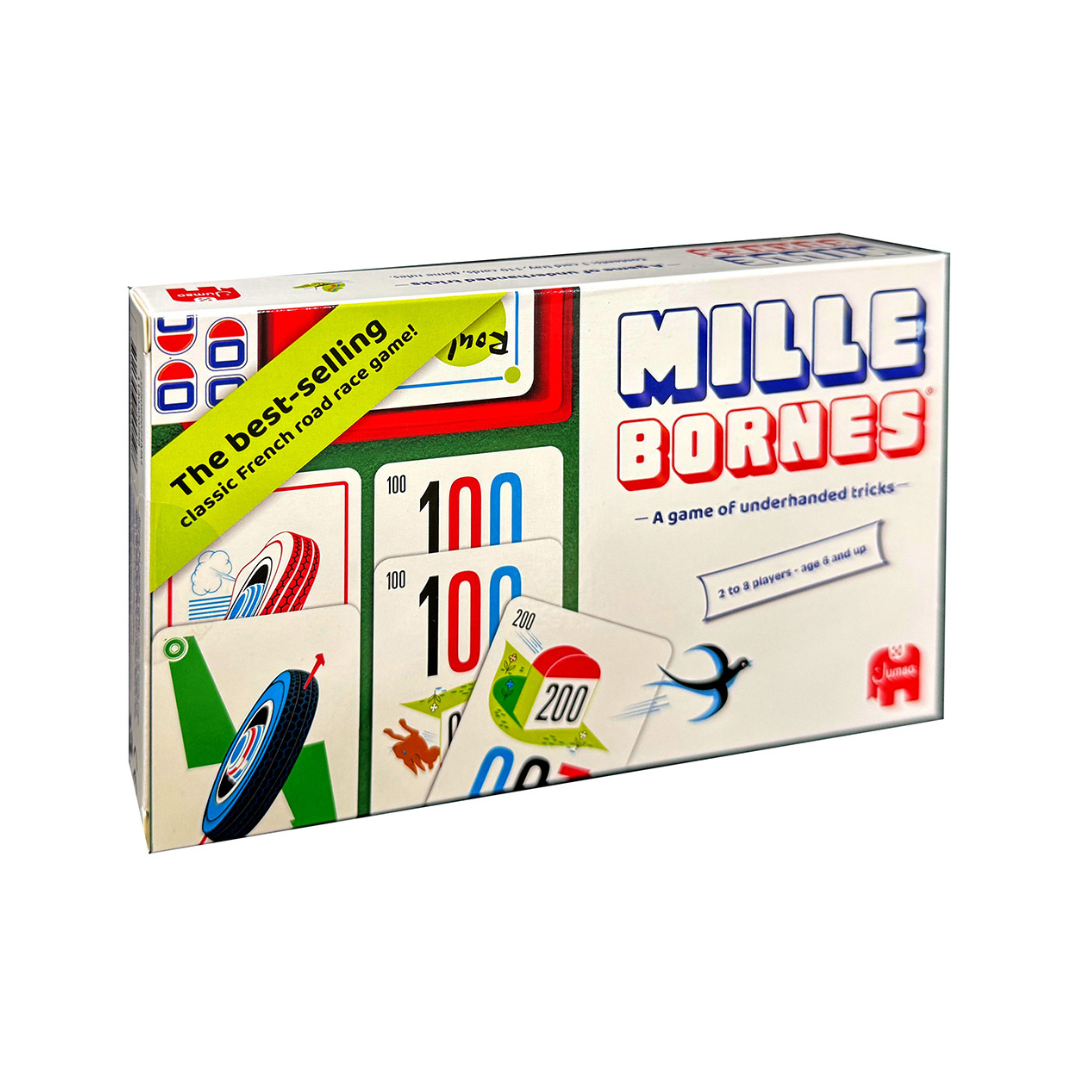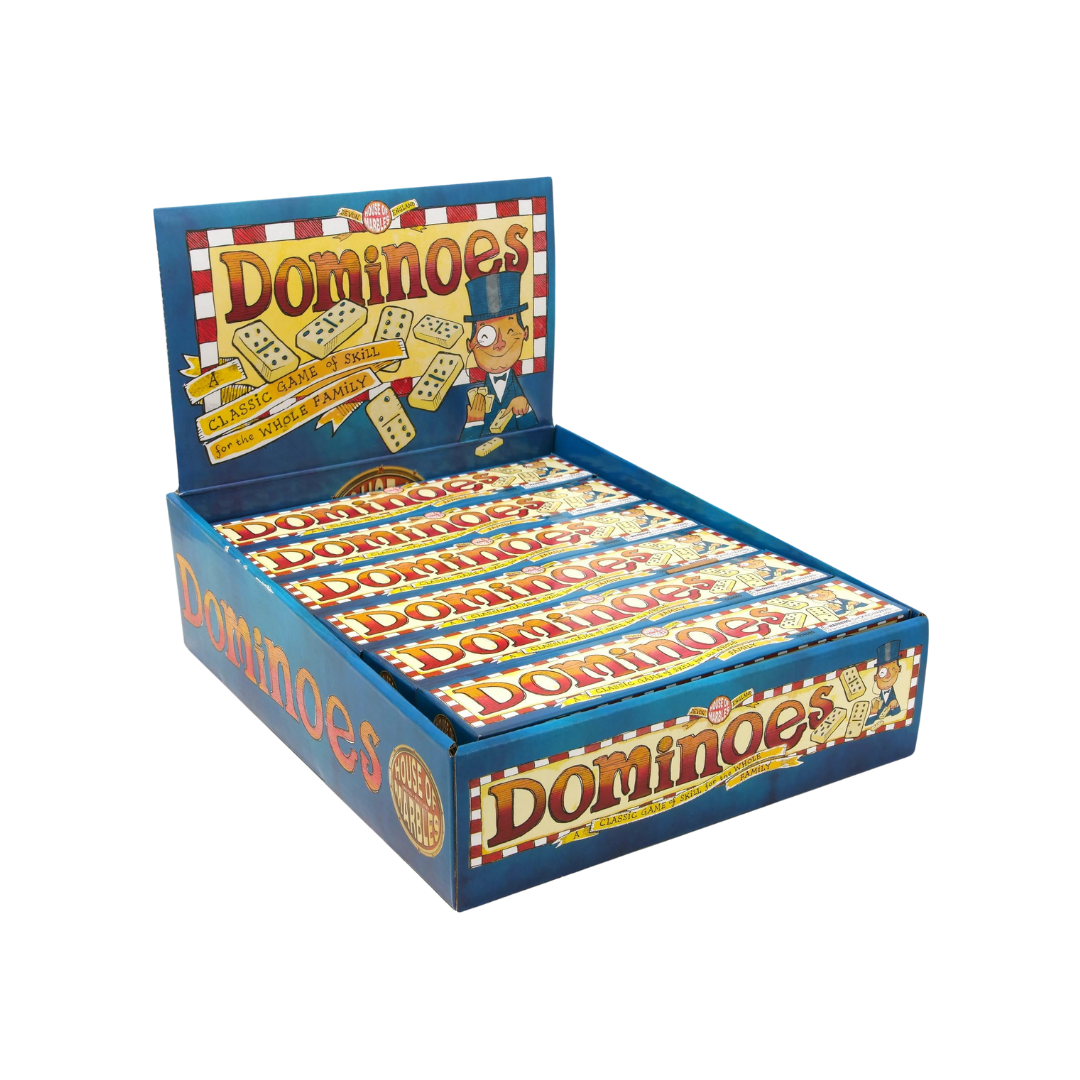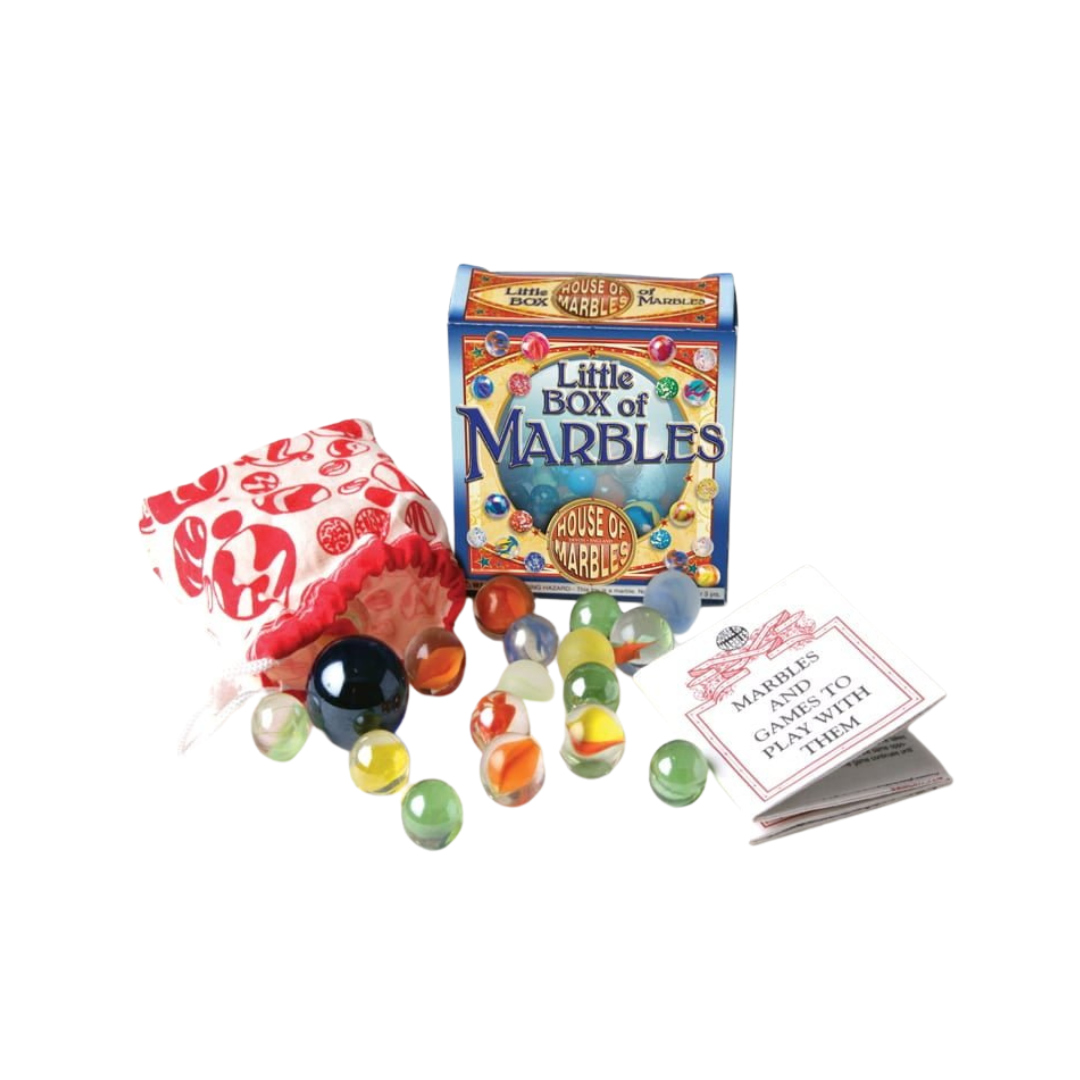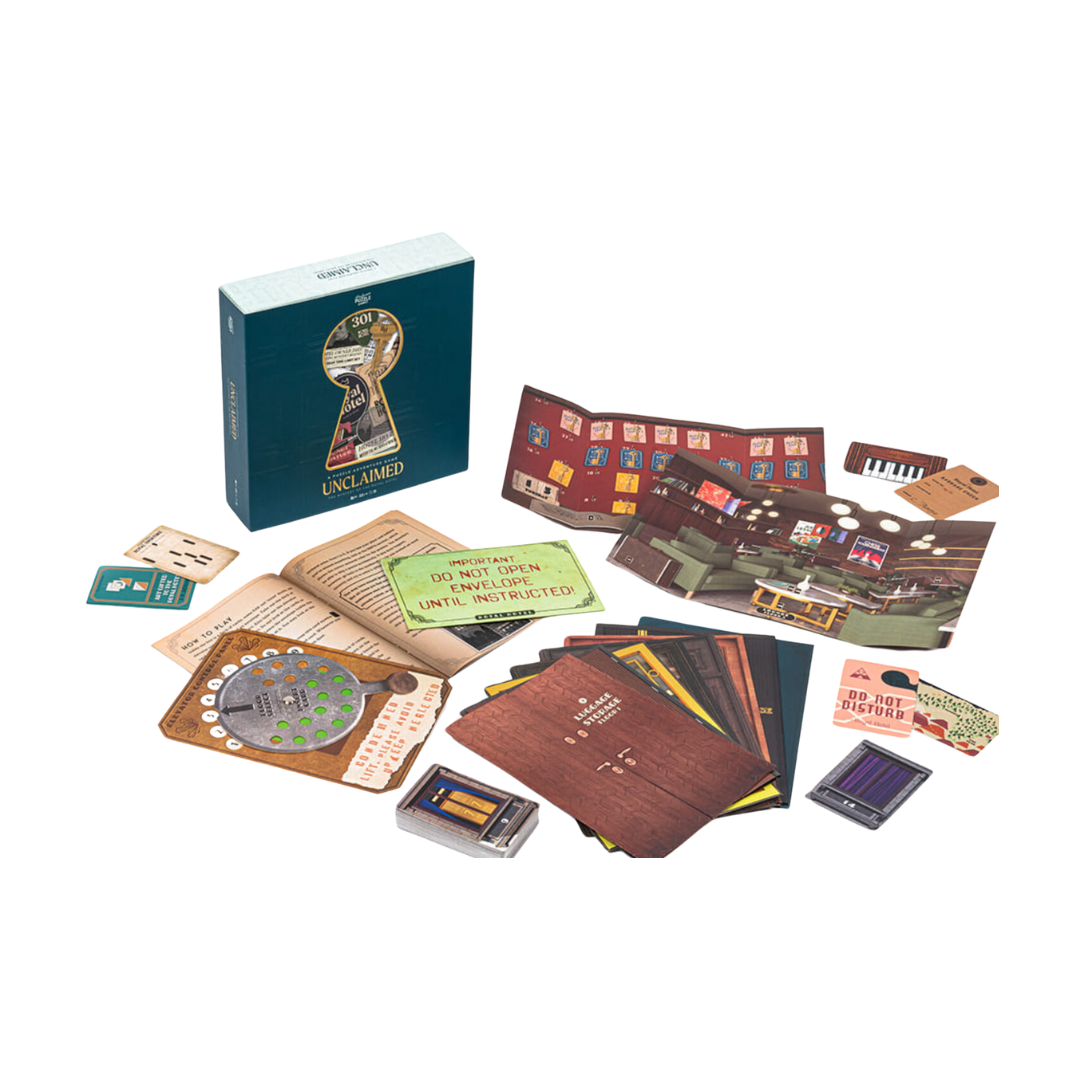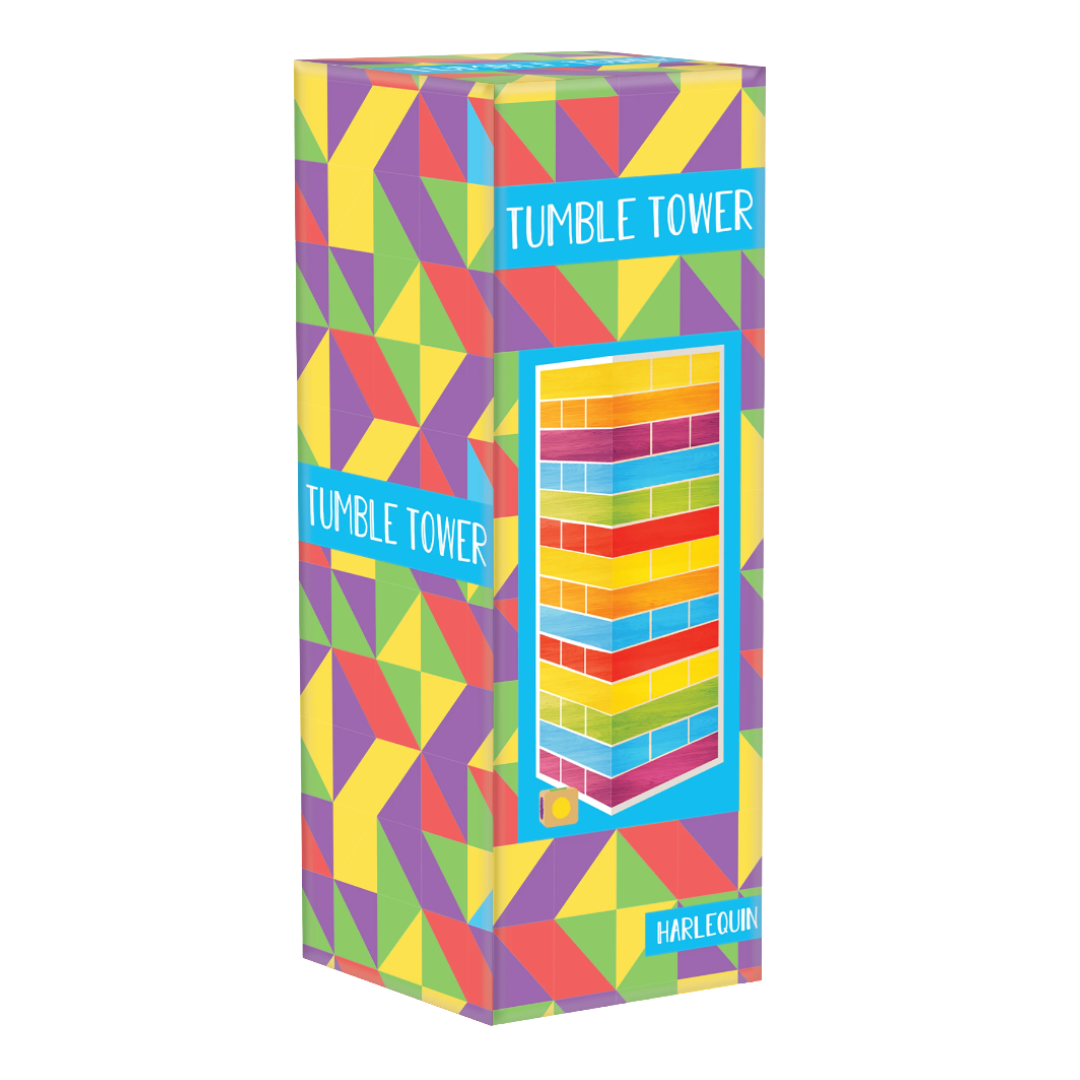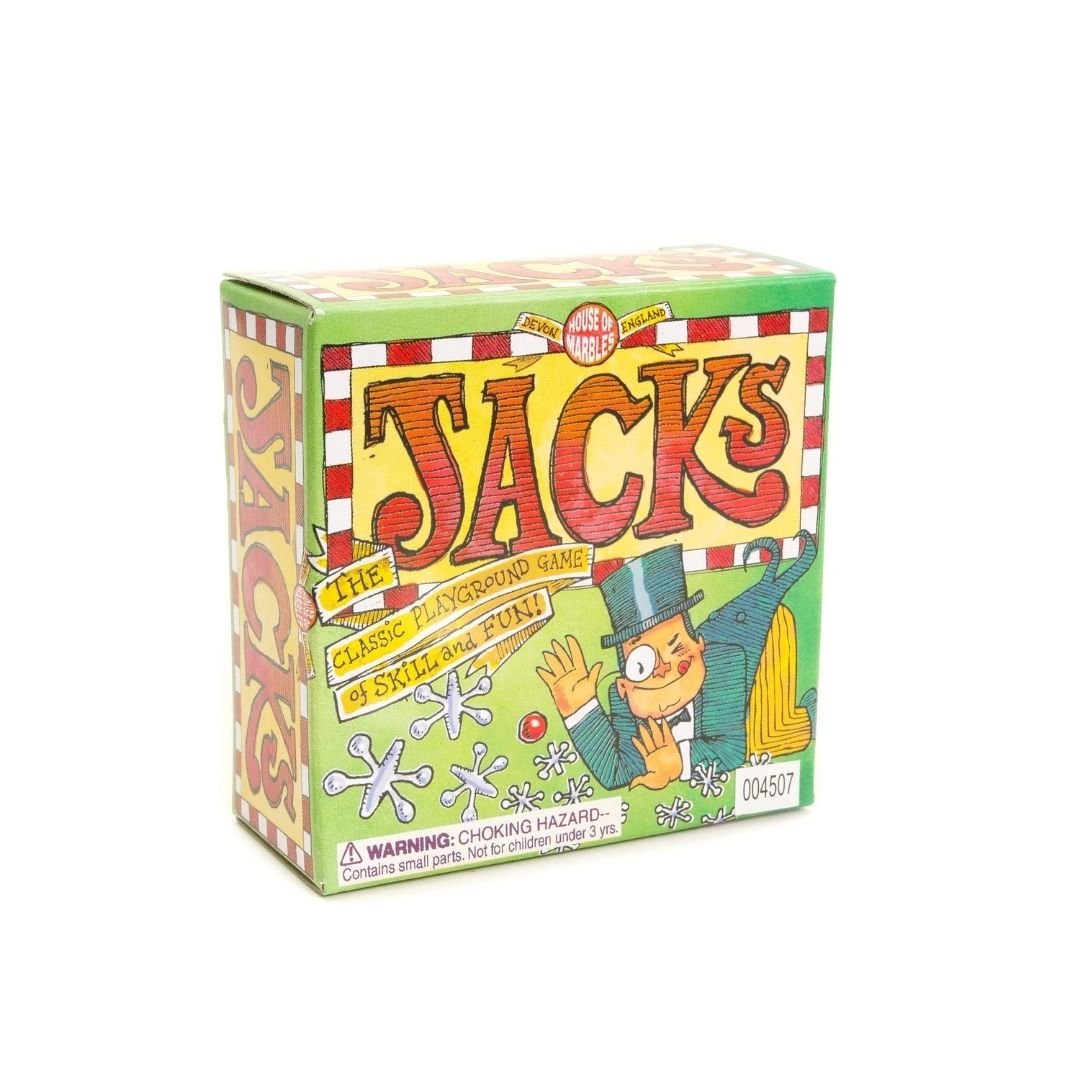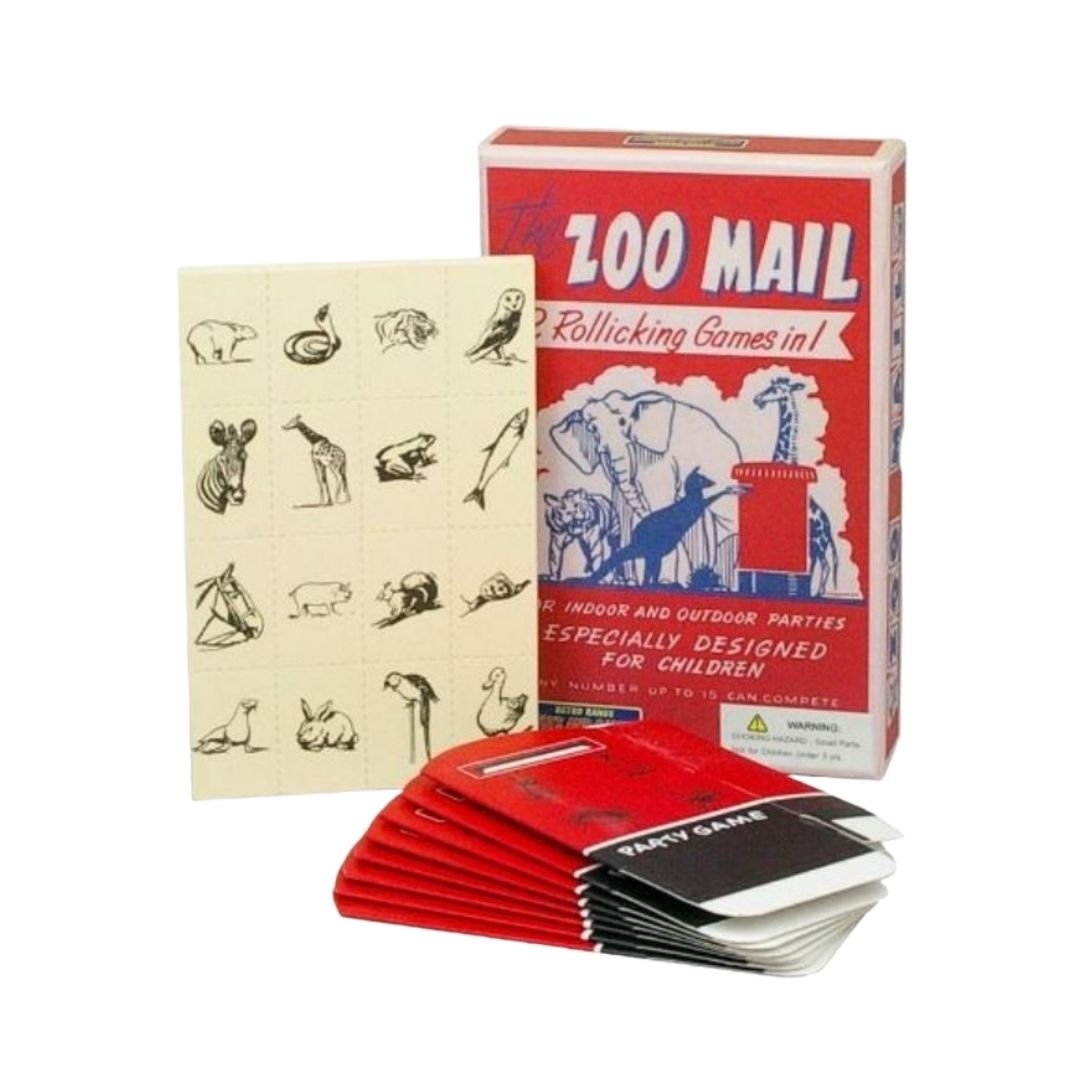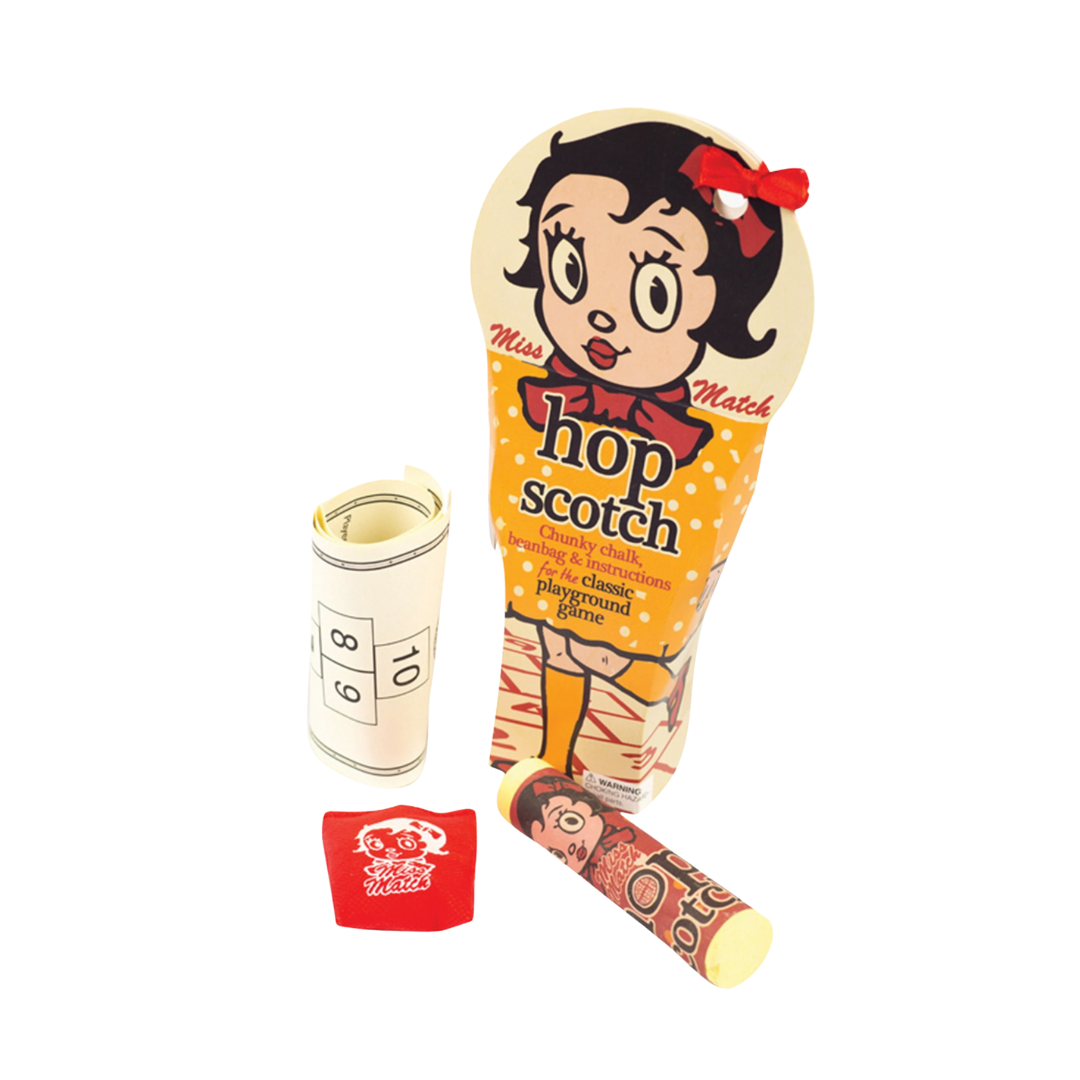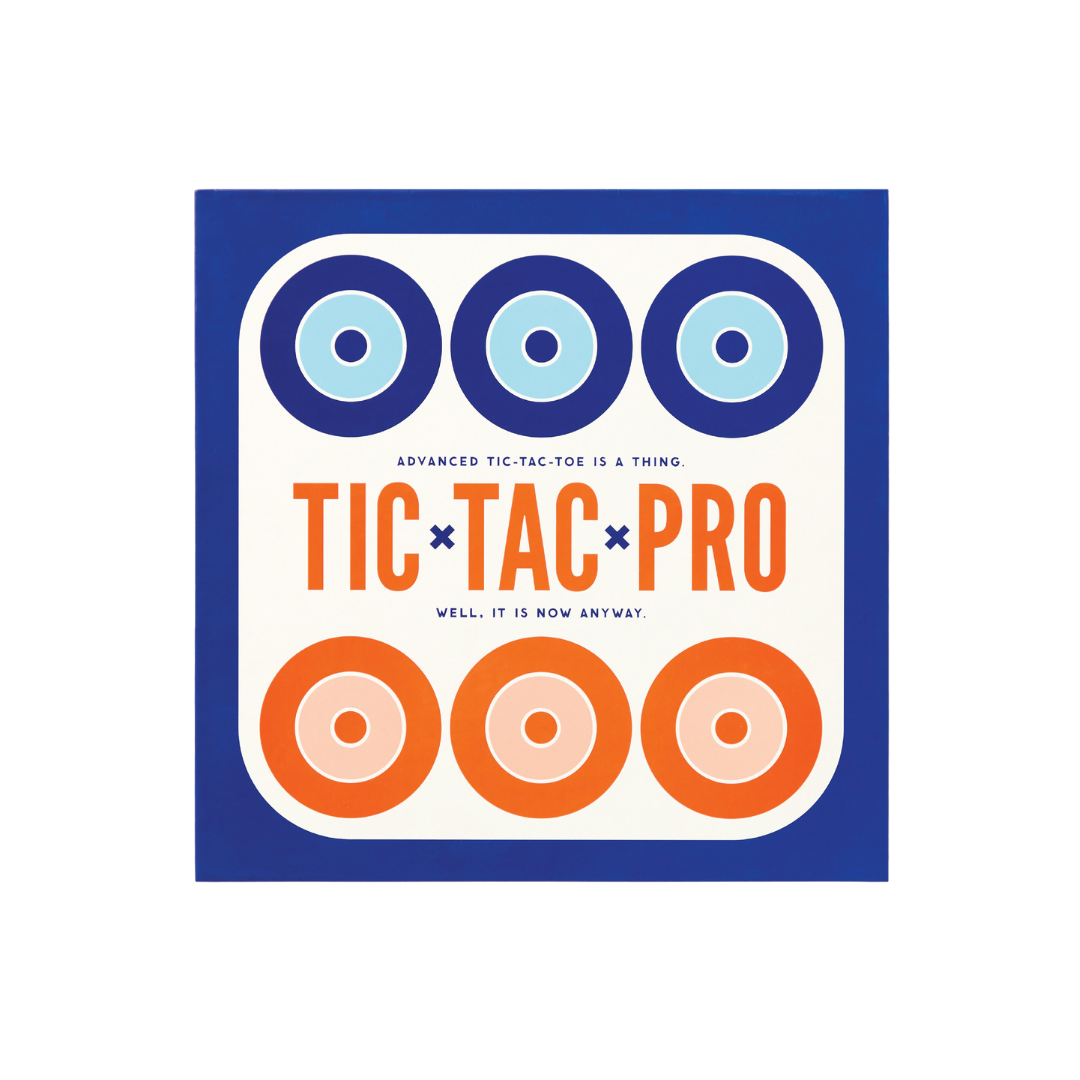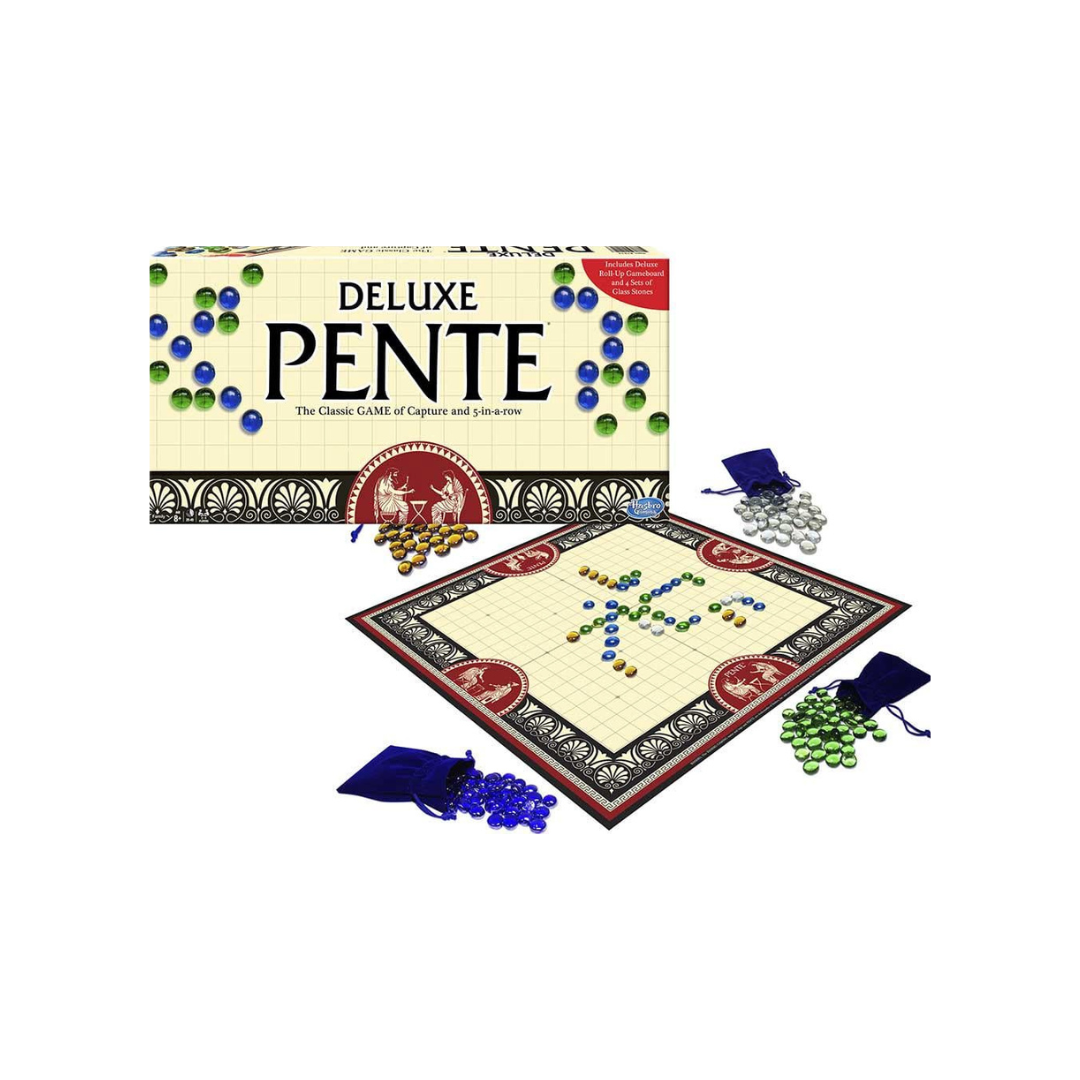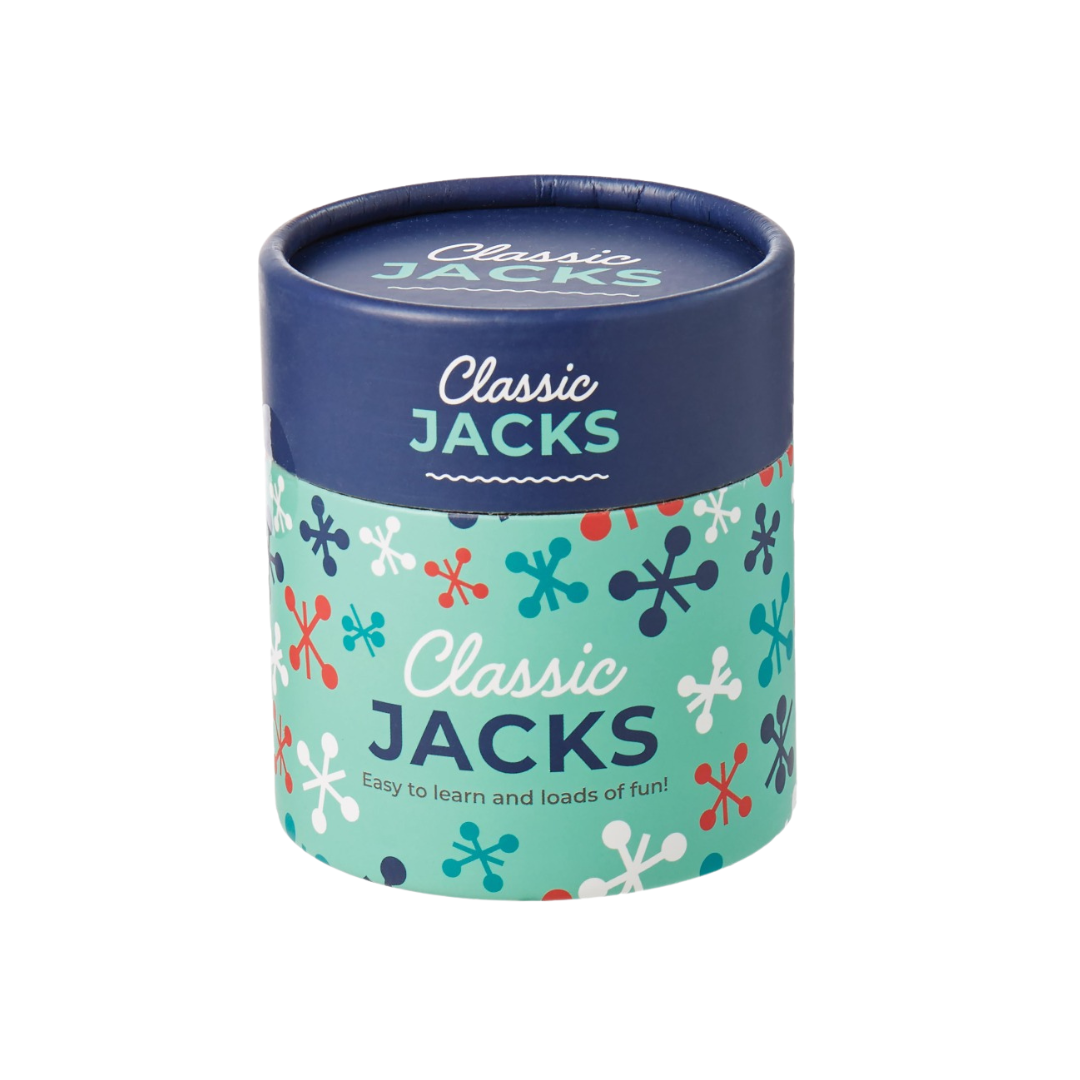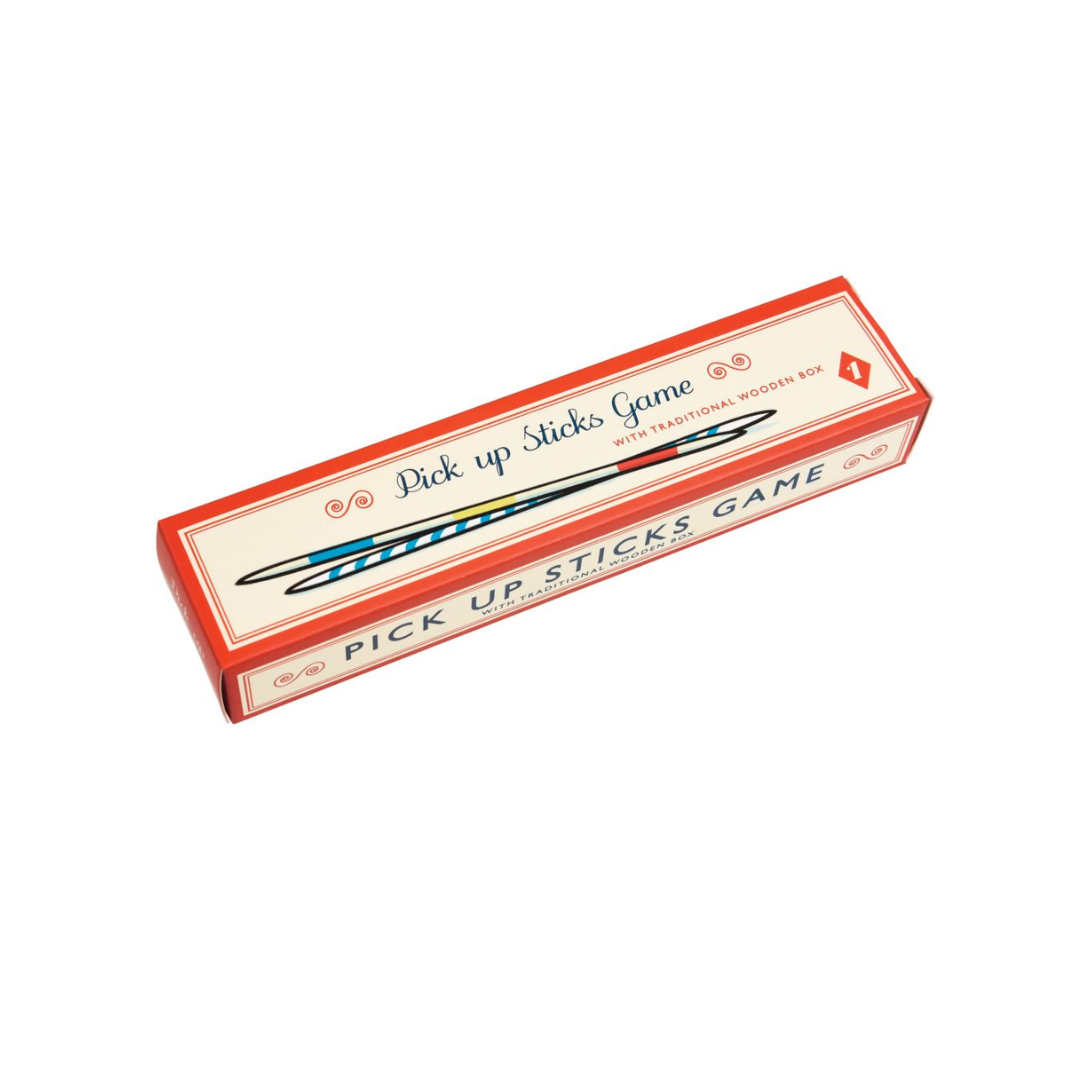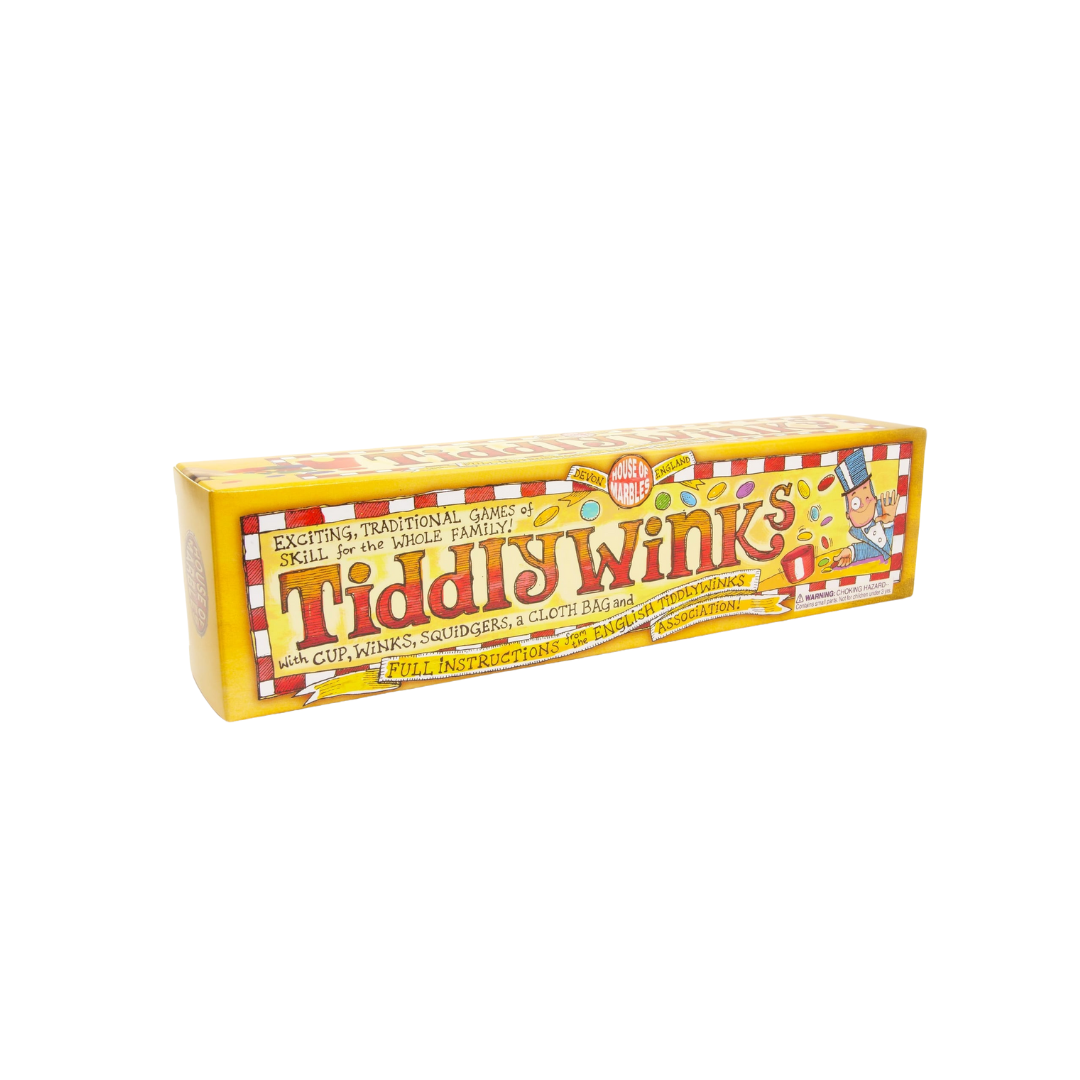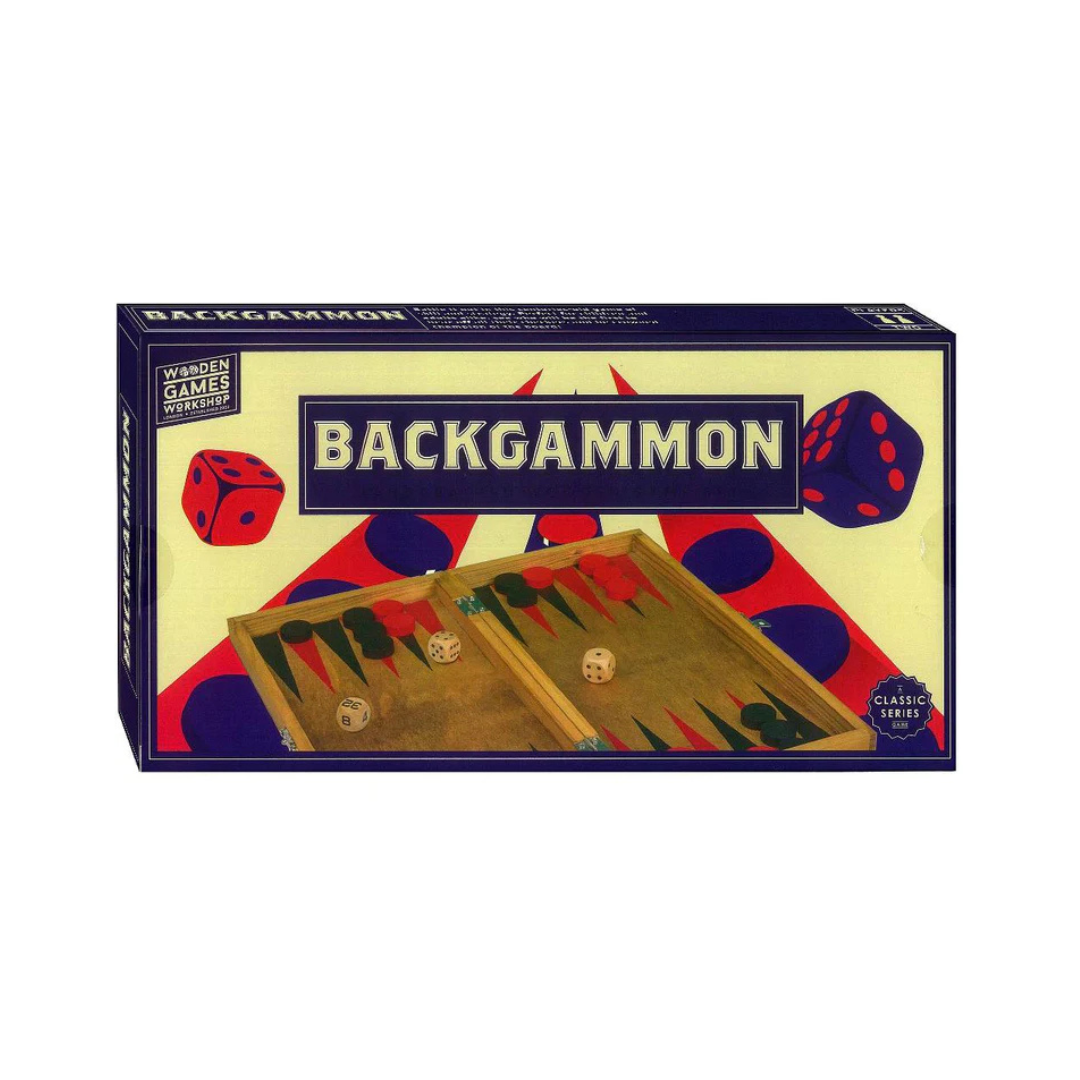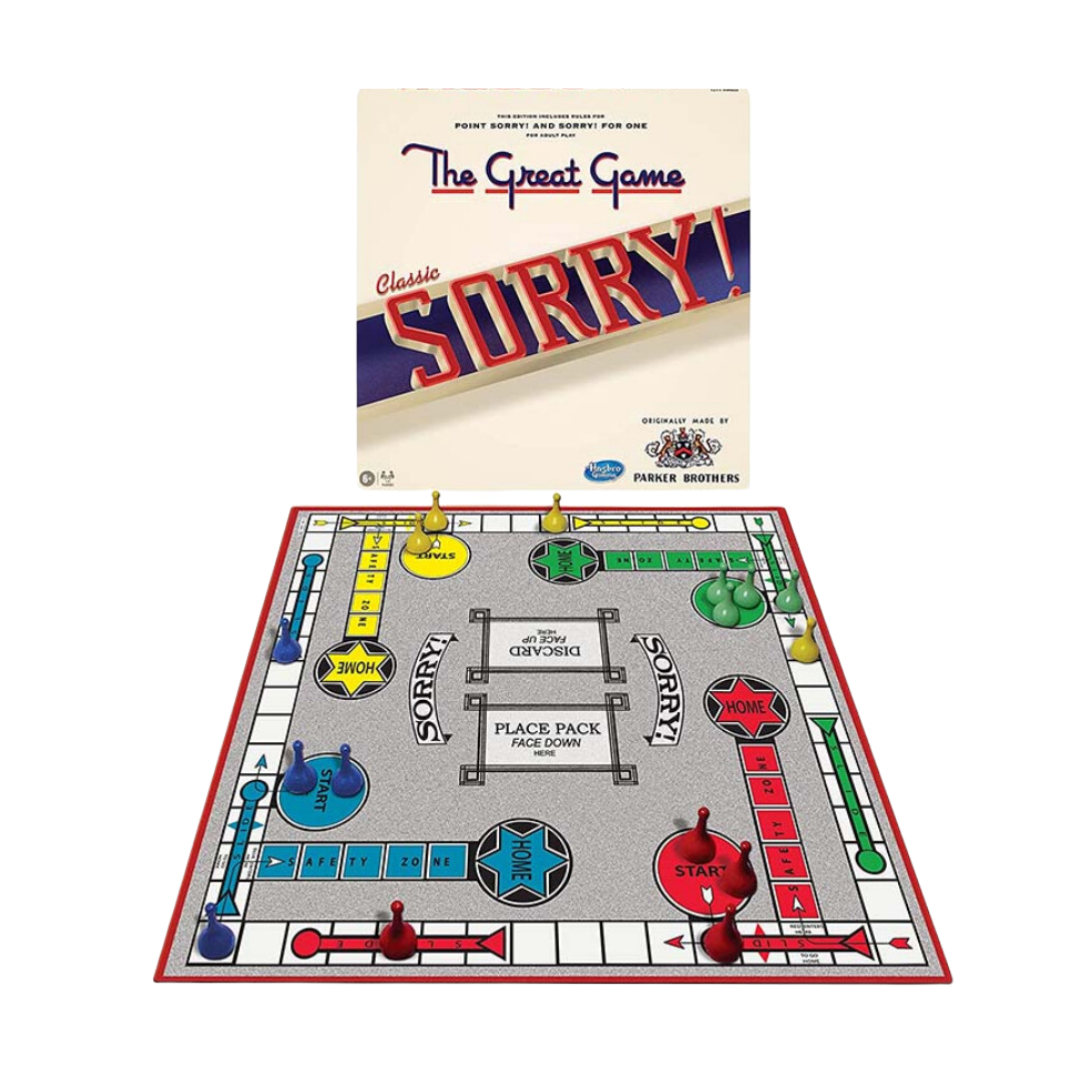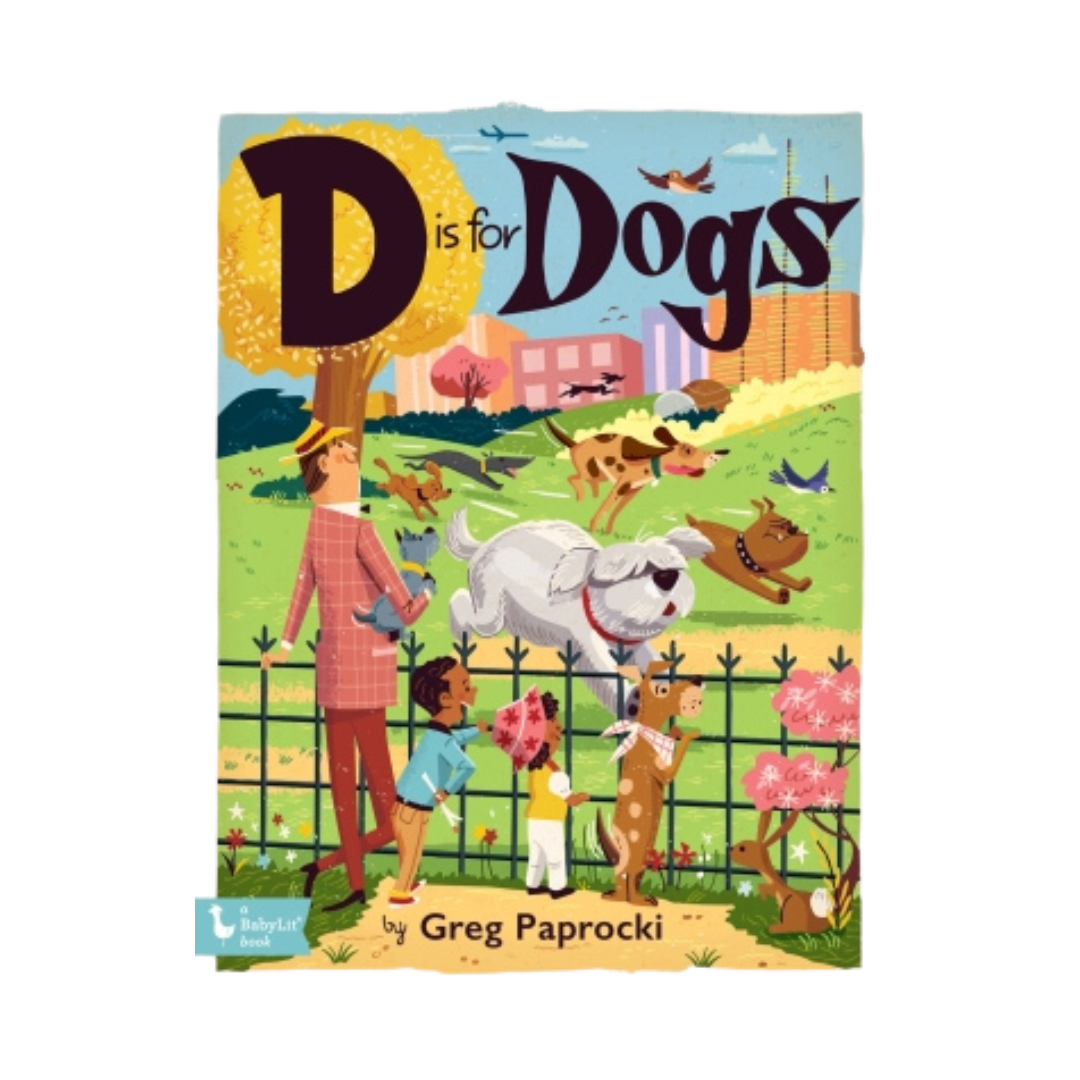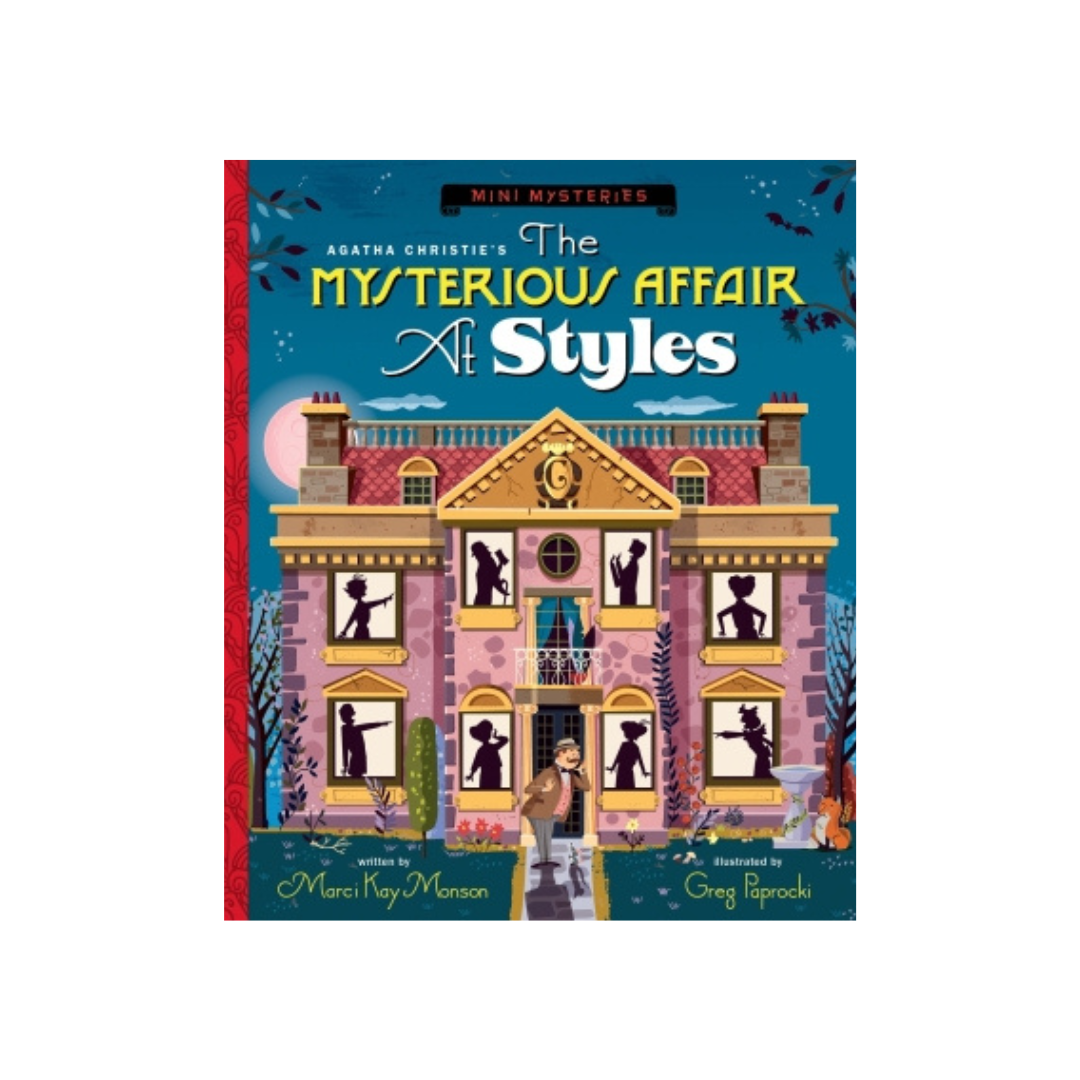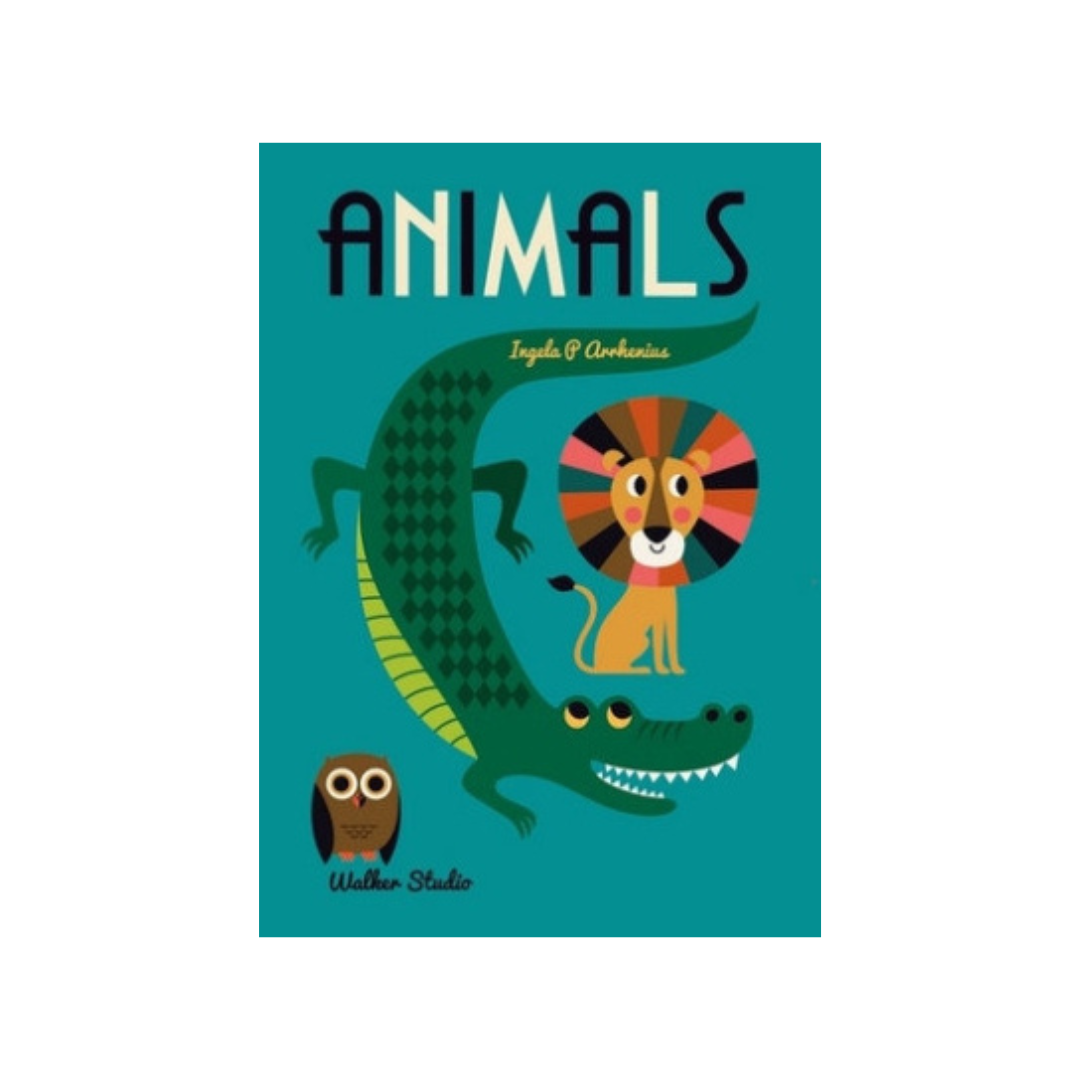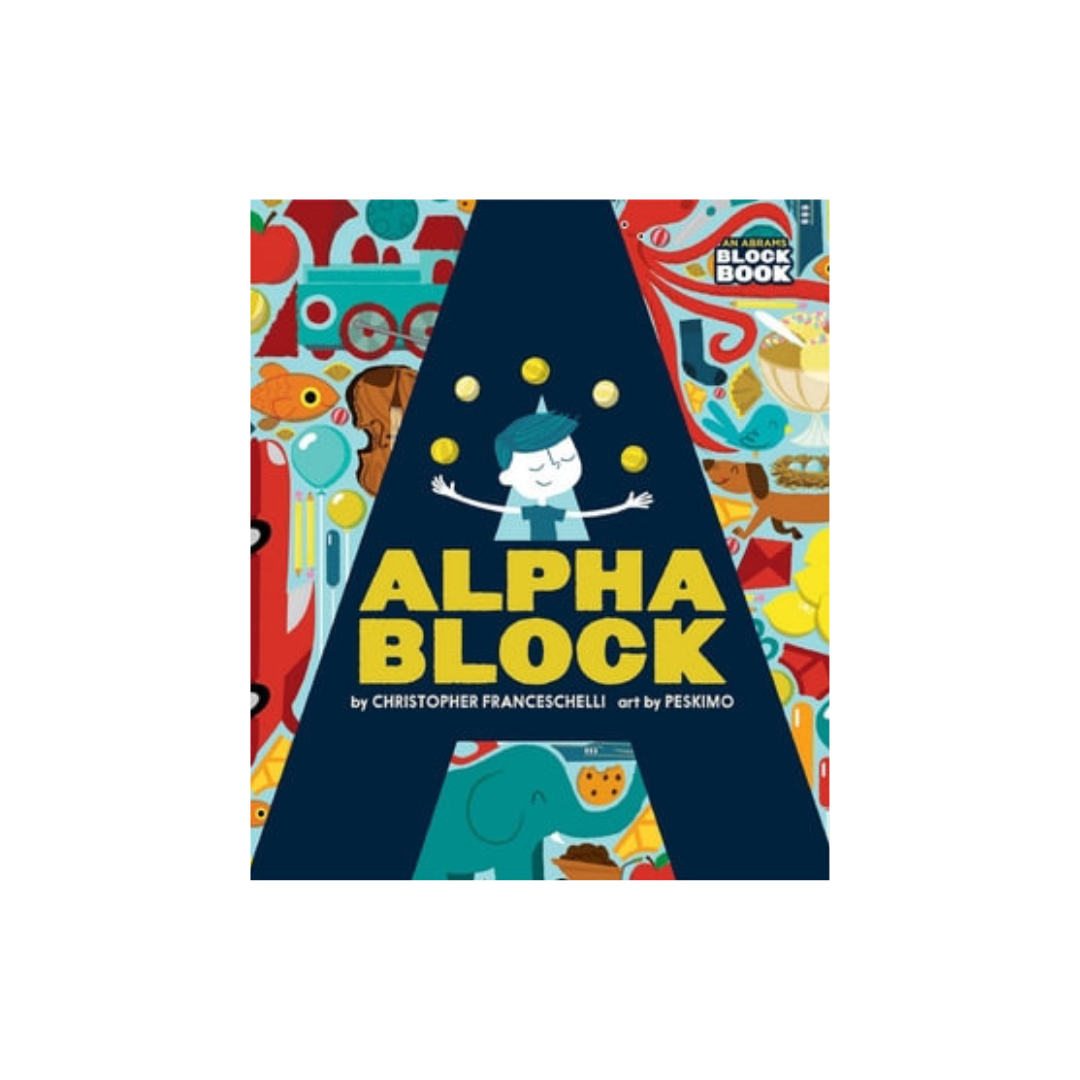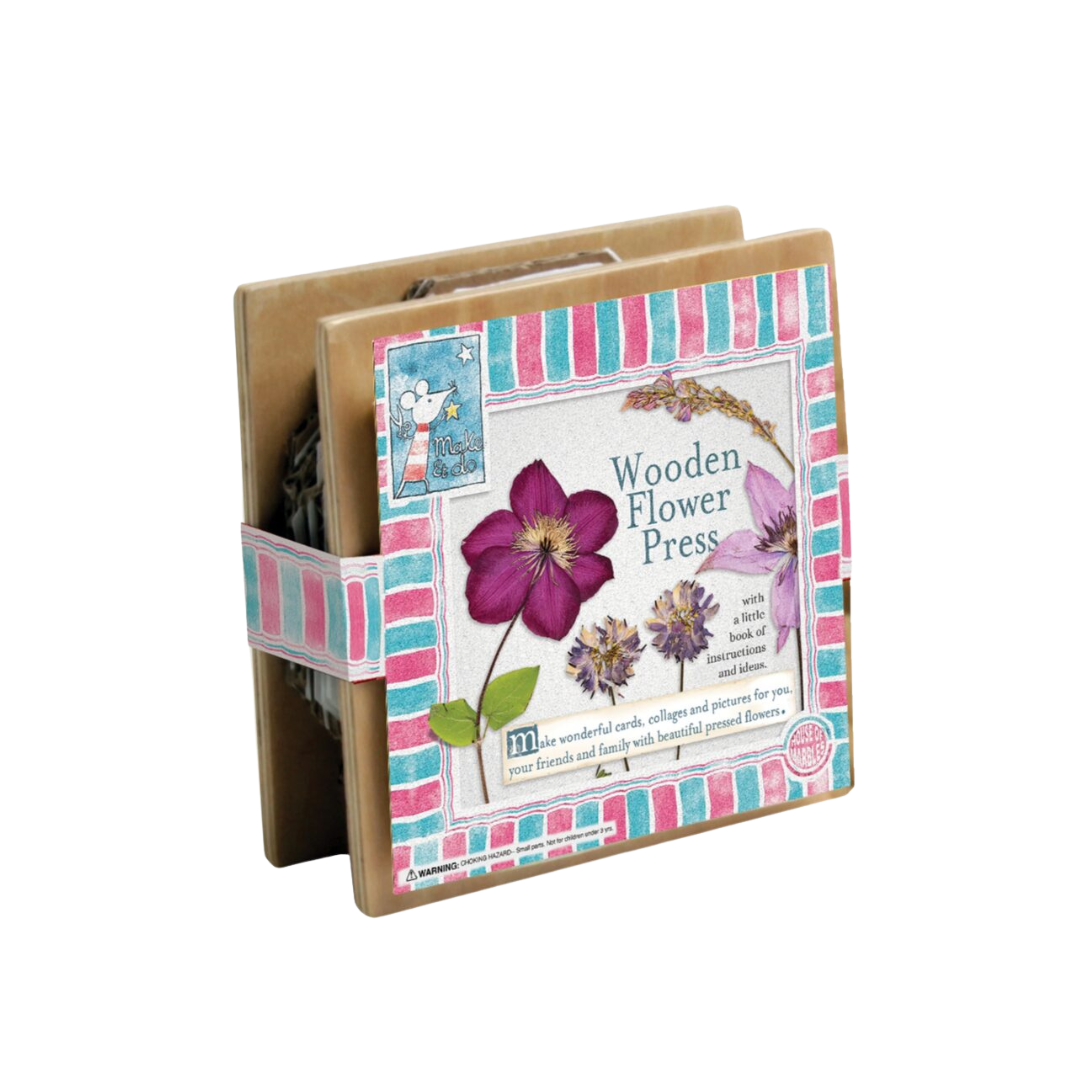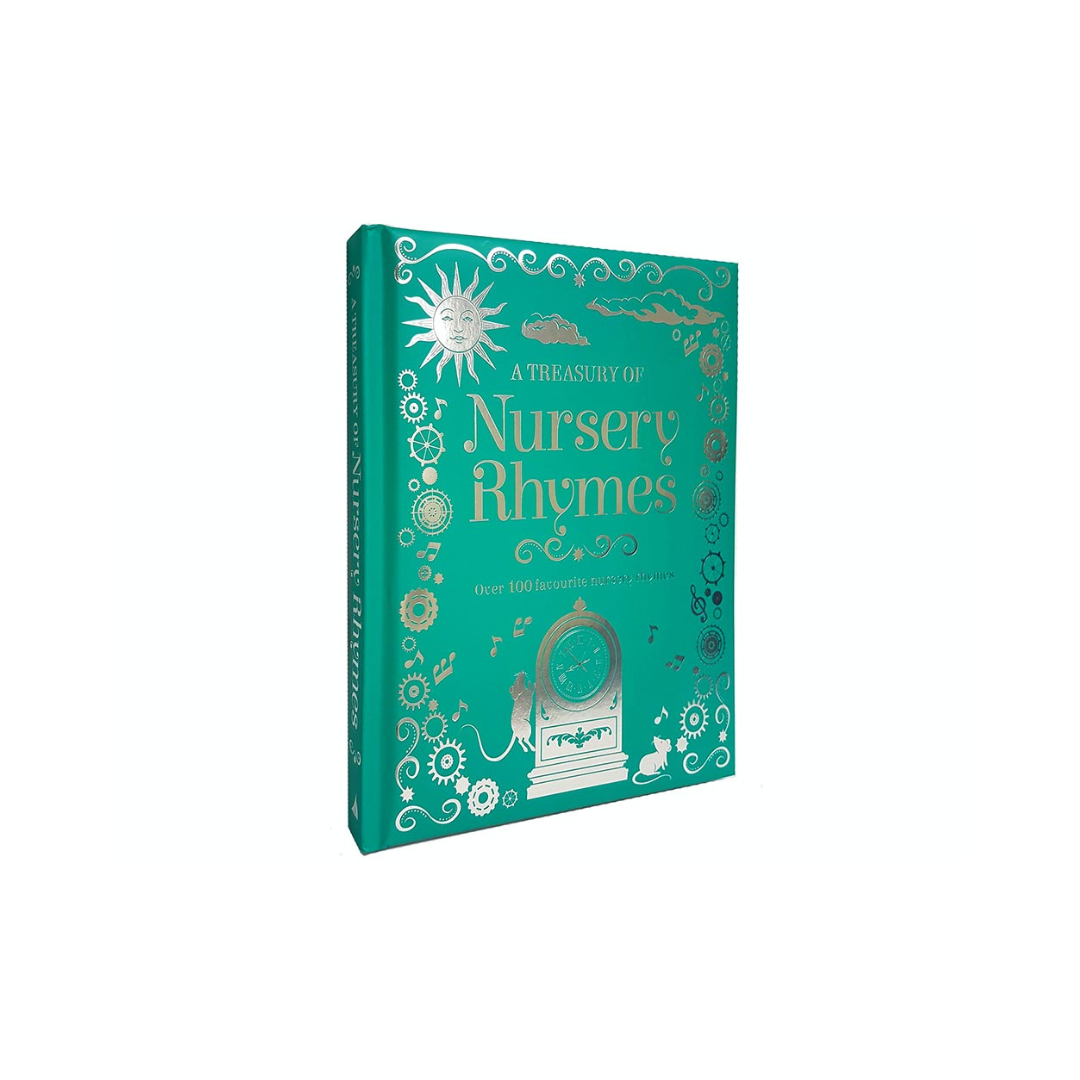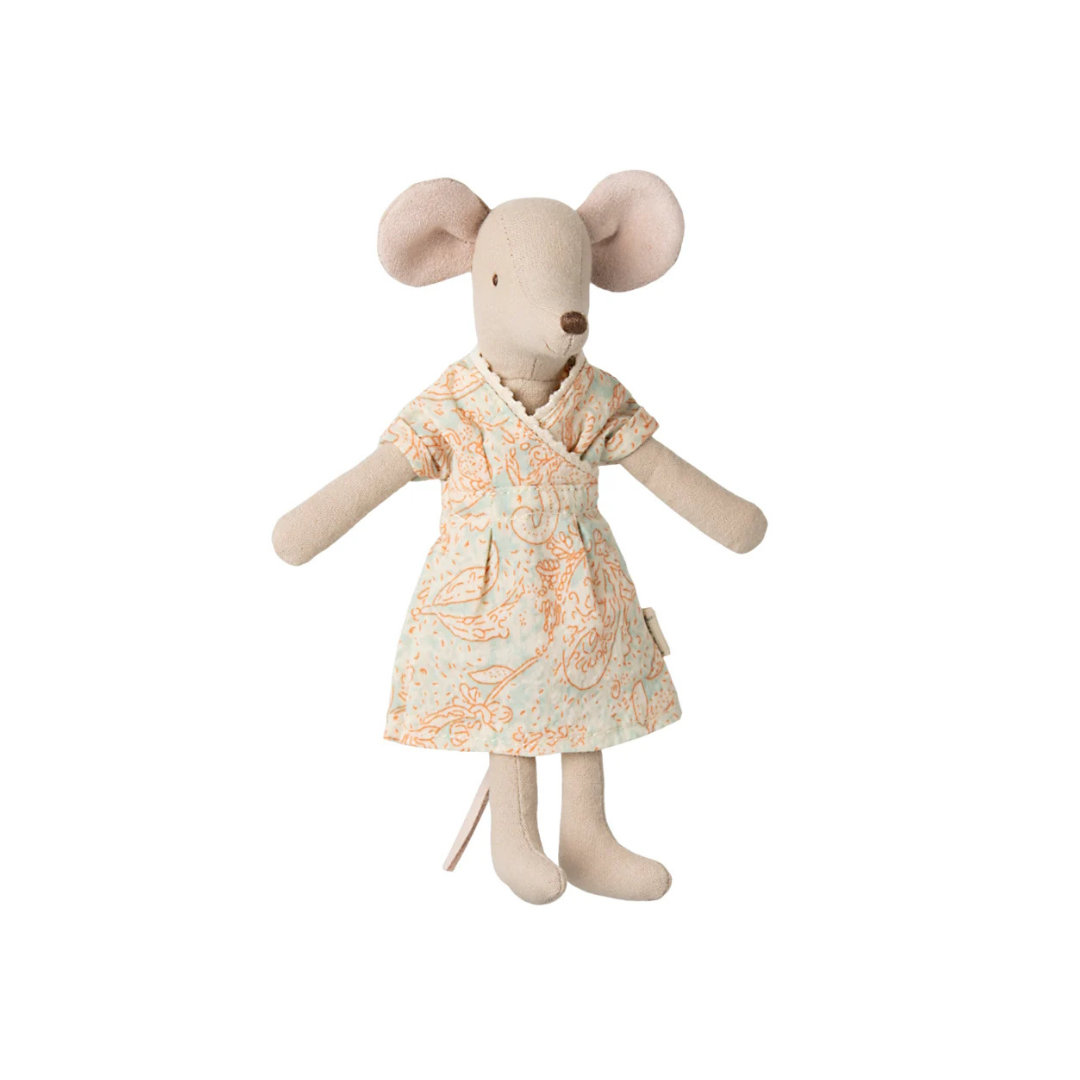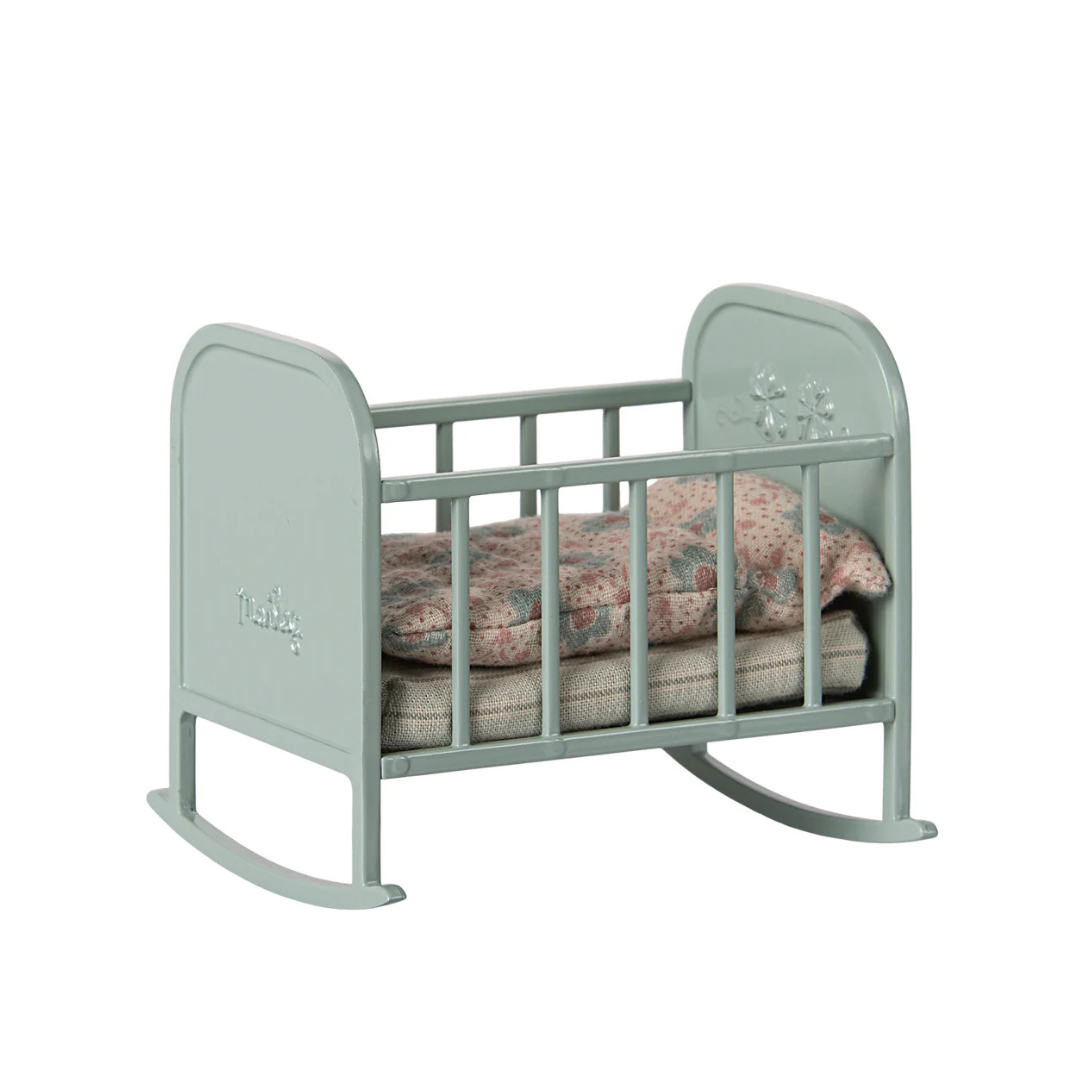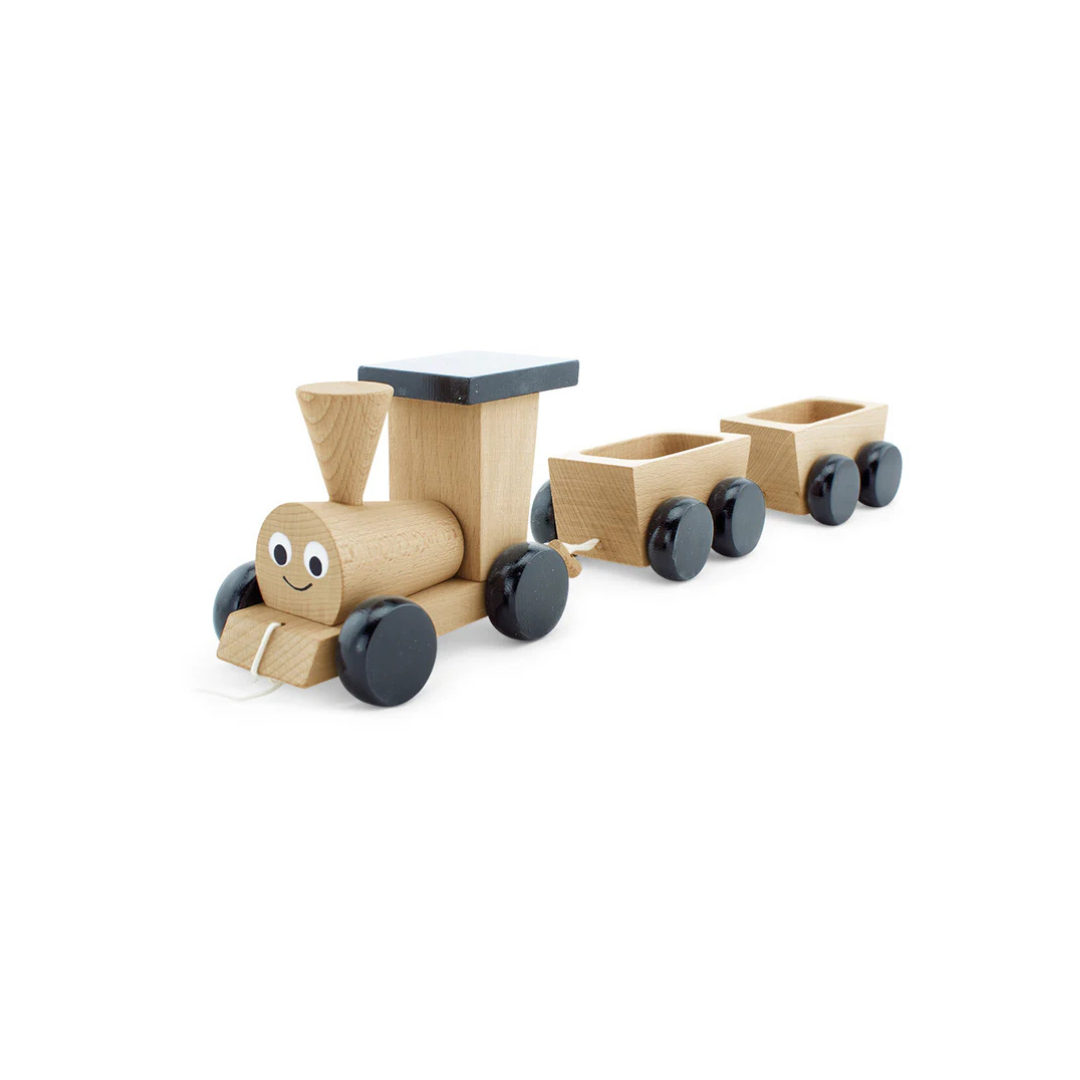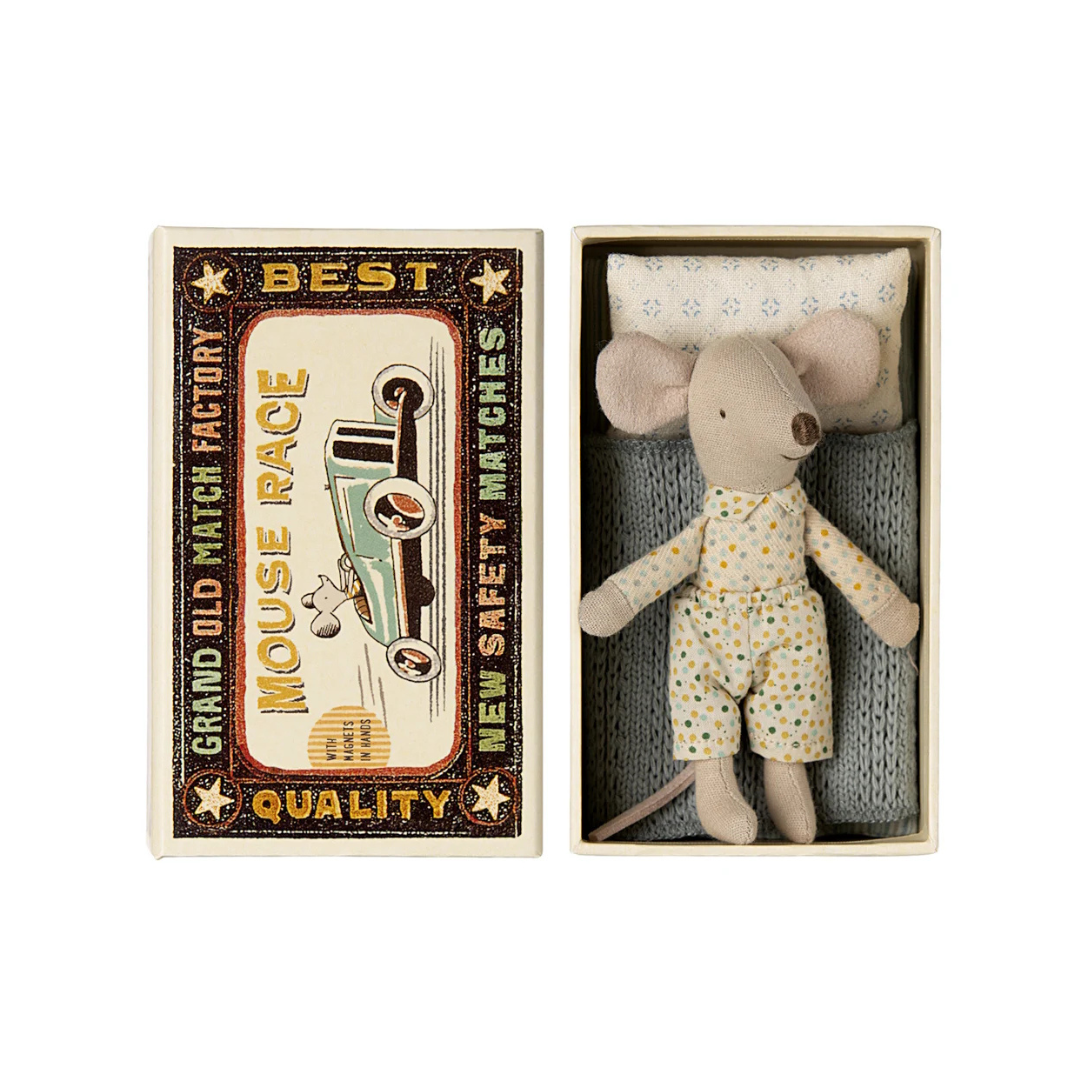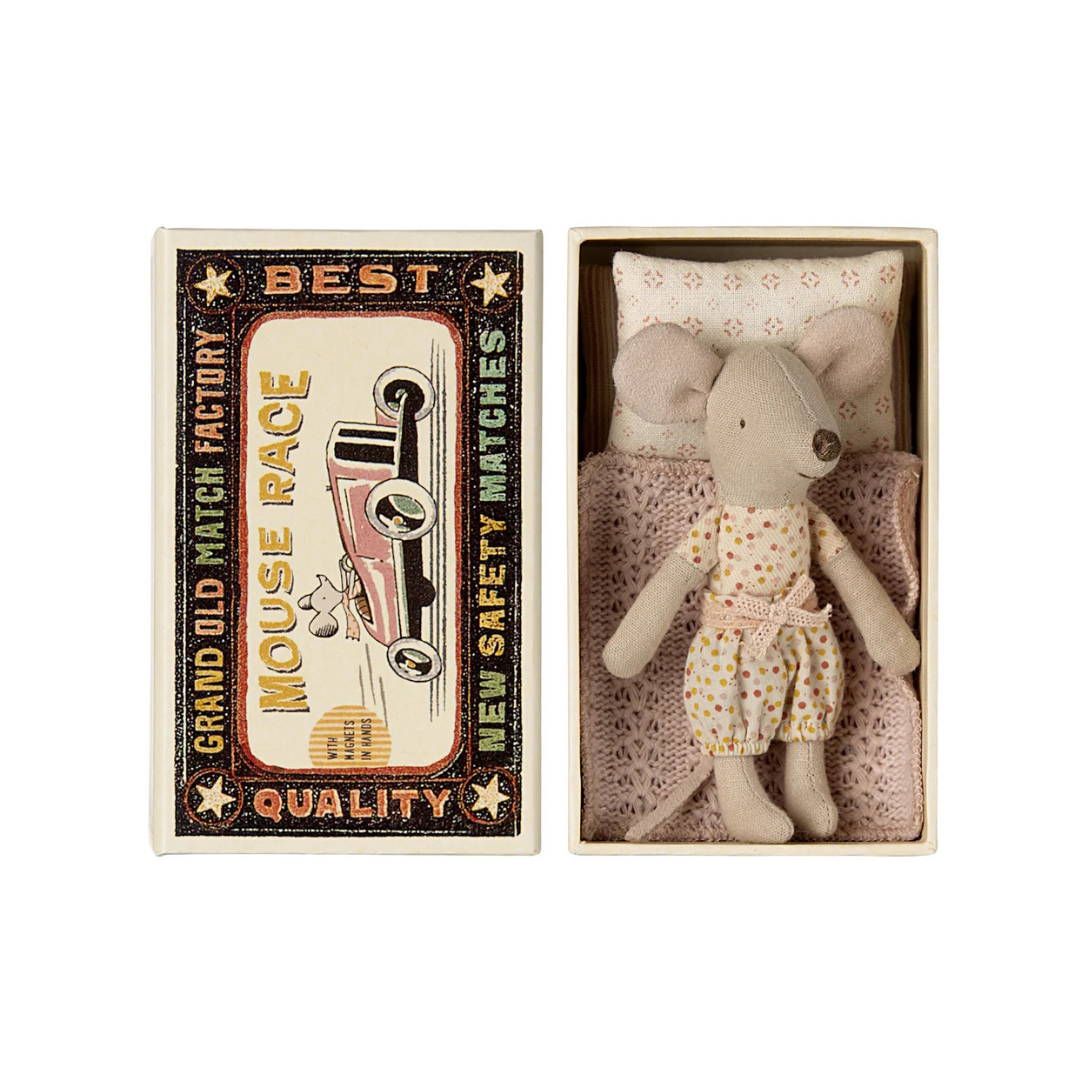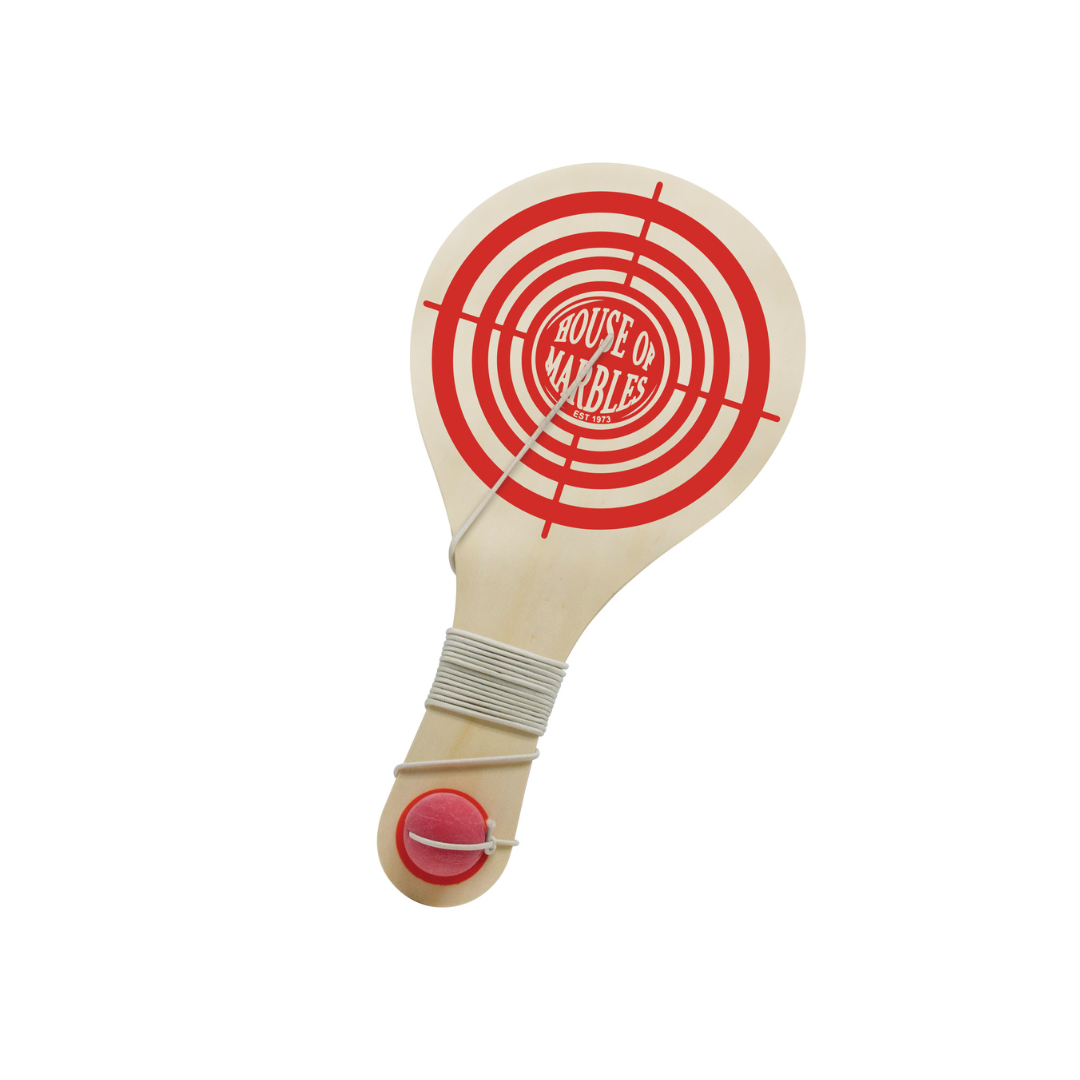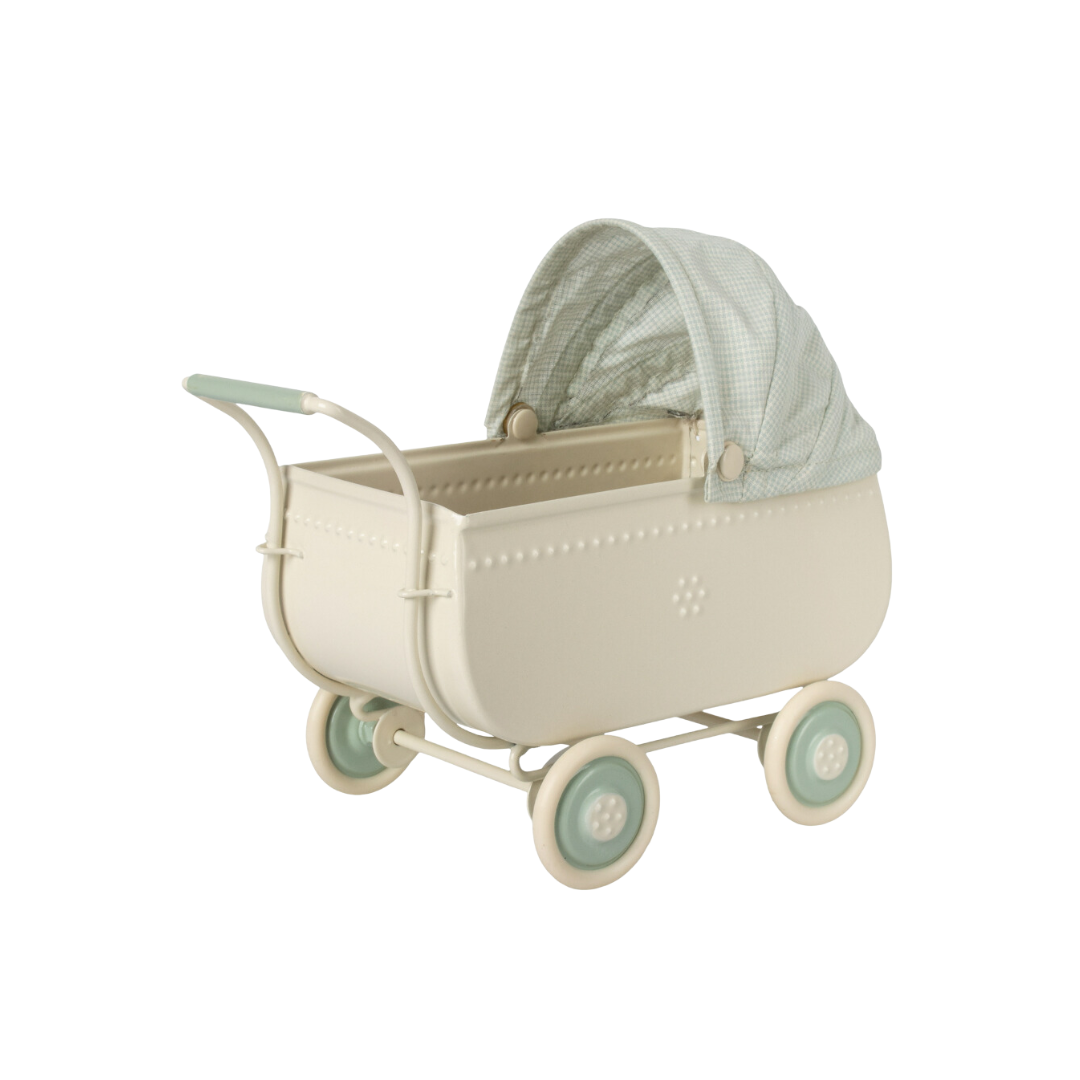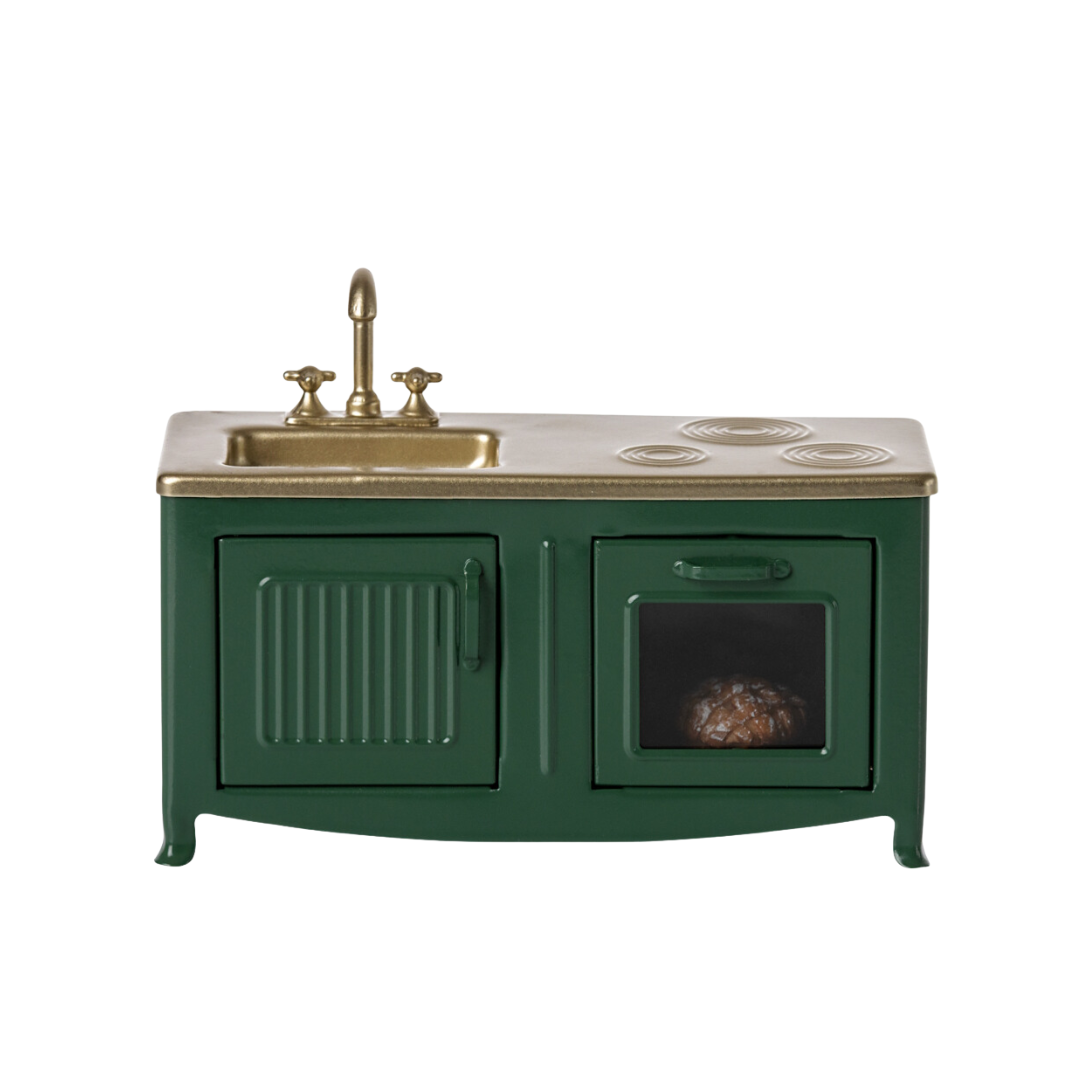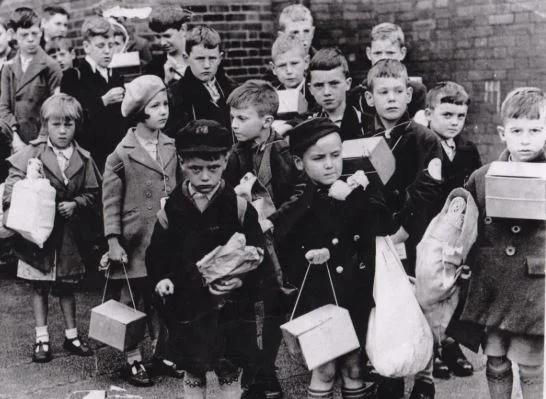Barbie and Ken - The Stars of the 60s
Barbie and Ken are iconic fashion dolls from the 1960s that have played a significant role in popular culture and the toy industry throughout the decades, no more so than present day with the release of the record-breaking, box-office hit Barbie Movie. Here we present a brief history of Barbie and Ken from their first release to present day.
Barbie and Ken are iconic fashion dolls that have played a significant role in popular culture and the toy industry. Here we present a brief history of Barbie and Ken.
Barbie was introduced to the world on March 9, 1959, by Mattel, Inc., an American toy company founded by Ruth Handler. The inspiration for Barbie came from Ruth Handler's observation of her daughter, Barbara, playing with paper dolls and imagining different adult roles.
The original Barbie doll was named after Ruth Handler's daughter, Barbara. Barbie's full name is Barbara Millicent Roberts.
Barbie's debut at the American International Toy Fair in New York City was met with mixed reactions initially, but she soon became a massive success.
The first Barbie doll wore a black-and-white striped swimsuit, ponytail hairstyle, and a distinctive arched eyebrow. She became known for her fashionable wardrobe and accessories.
Over the years, Barbie's appearance evolved to represent diverse cultures, careers, and interests. She became a symbol of female empowerment and inspired young girls to dream big and break traditional gender stereotypes. She has had numerous careers, including astronaut, doctor, scientist, athlete, chef, and more, reflecting the changing roles and aspirations of women in society.
Ken was introduced as Barbie's boyfriend in 1961, two years after Barbie's debut. He was named after Ruth Handler's son, Kenneth.
Ken was designed to be a tall, handsome doll with a similar build to Barbie, but with a more masculine appearance. Like Barbie, Ken's appearance and wardrobe have evolved over the years to reflect current fashion trends and cultural shifts.
Although Barbie and Ken have been known as a popular couple, their relationship status has changed over time. They have broken up and gotten back together in various storylines, providing an element of drama to their narrative.
Throughout their history, Barbie and Ken have continued to be beloved toys, capturing the imagination of children and collectors worldwide. They have become cultural icons and have remained relevant through the decades, adapting to changing societal norms and evolving with the times. Barbie and Ken's enduring popularity showcases their timeless appeal and their lasting impact on the world of toys and play.
Whilst we ourselves weren’t a fan of Barbie and Ken in our younger days (we were more into Sindy), we’ll still be off to watch the Barbie Movie this weekend for a bit of escapism and female empowerment.
It's Official | Our Canberra Toy Store is Re-Opening
We’re so excited — it’s official - we have a re-opening date for our Canberra toy shop in the fabulous Dirty Janes Emporium in Fyshwick with the easing of ACT lockdown restrictions.
We’re so excited — it’s official - we have a re-opening date for our Canberra toy shop in the fabulous Dirty Janes Emporium in Fyshwick with the easing of ACT lockdown restrictions. Yippee!!!
Drum roll please …
We will be re-open from 10am Friday 29/10/2021, 7 days a week!
We are so happy to be able to once again share the happiness and spread lots of fun and laughter from our delightful physical toy store. We can picture all the smiles now, and oh, what a vision, and how good it feels!
Strangely, whilst our Fyshwick toy shop itself is set to re-open, we’re still not quite sure when we ourselves will be able to visit it from Regional NSW, as we’re still awaiting the big announcement of reaching NSW 80% targets. Rest assured though, we’re all stocked up and ready to go, go, go!!
We have been so busy behind the scenes, making up so many of our fantastic Stocking Filler Packs - great value stocking filler bundles made up of some of our best selling classic toys and games. We knew they’d be popular, but we have been delighted to see how fast they’ve been flying out the door!
This amazing pack includes the following guaranteed fun, classic toys and games:
Juggling Balls
Dominoes
Little Box of Marbles
Jacks
Push up toy
Yo-Yo
Flying Bird
Thank you to all of you for supporting our small, independent family business, during the last 18 months. We’re not going to pretend; it’s been tough, but we’re starting to see the light, (and Christmas, who could forget Christmas?!)!
We wouldn’t be here without you, and we’re so appreciative of the support you’ve shown us by trusting in us to deliver joy.
So, to celebrate the exciting re-opening of our Canberra toy store, and to say a big thank you to you, our customers, we’re giving you, our loyal followers 15% off at checkout to blast away the last few days of September, and to welcome in the exciting October, and all the hope that it brings. Shop online and use the promo code BYESEPT21 to claim your 15% discount at checkout. Hurry though, as the code will turn into a pumpkin at the stroke of midnight on Thursday 30th September.
Don’t forget too that we’ve recently introduced some new ways to pay to help spread the cost of Christmas, so you can now enjoy more, without the stress.
Classic Games | Marbles
Everybody knows of the classic game of marbles, and it is just as popular now as it has been over the decades.
Everybody knows of the classic game of marbles, and it is just as popular now as it has been over the decades. Marble crazes continuously grip schools across Australia, the UK, America and no doubt the rest of the world!
Marbles are small spherical toys most commonly now made from glass, but started their early days being made from clay. They were referred to as ‘little balls with which schoolboys played’ as early as the 15th century, and let’s face it, not much has changed!
There are many variations of the marble game, but the most classic game is where you need to knock your smaller marbles (ducks) out of the ring with your larger shooter marble by flicking it with your thumb (the knuckledown slingshot) without fudging or fouling the shot. If you manage to knock any marbles out of the ring, keep the marbles and add them to your pile. The winner at the end of the game is the one that has the most marbles. Players can either play for keeps (keepsies), or for fair (everyone gets their own marbles back). Players also have the option to call quitsies at any point during the game without consequence, effectively calling a halt to the game.
The large marble is known by many names, but some of the most common that we’ve heard of are:
Shooter | boulder | smasher | bowler | toebreaker | masher | bonker
In the North of England (where we grew up) the game and marbles were called ‘Taws’ and the larger Taws were called bottle washers. They were called this after the marble found in the codd-necked bottles that were used to hold carbonated drinks. The bottle was opened after use and the marble was collected to play with. Across the world Taw still refers to the name of the person taking the shot. We still have our taws from when we were a kid!
Marbles were often written about in Ancient Roman literature and archaeologists often find small round balls made of stone all over the world. Marbles are thought to originate from India as far back as 3300–1300 BCE , although it wasn’t until 1923 that the first set of rules were written by a ‘committee of playground and recreational experts’. (How we would love to have such an aptly named committee in our shop …. although we think the ore apt and modern day equivalent is kid toy testers!).
Fun Fact: Marbles arrived in Britain after being imported during the medieval era.
A German Glass Blower had a great idea for an invention called marble scissors which came onto the scene in 1846 that would revolutionise the making of glass marbles. The first mass-produced marbles were manufactured in Germany in the 1890s.
Fun Fact: Marbles were inducted into the Toy Hall of Fame in 1998.
Marbles is such a wonderfully classic game that there are still marble championships held across the world for those that like playing marbles - taking the game to the extreme. The British and World Marbles Championships are held in West Sussex, England every year. This event started in 1932 and has been held every year since. Britain however isn’t the only country with a Marble Championship event, Australia has the Australian Marbles Championships too which is held every year at various locations around Australia, playing their very own Brunswick Heads Rules.
Marble collecting is also a serious businesses among avid hobby enthusiasts, with people collecting low budget machine made marbles costing just a few cents, up to the rarer, more collectible antique handmade marbles worth thousands of dollars. Who would have thought that marble fraud was such a lucrative business, with unscrupulous tricksters imitating the most attractive mineral and agate or onionskin marbles and antique packaging. Thankfully marble experts have put together marble identification guides to help us get started with our marble identification and work our way through our Akro Agates or Peltier Glass collections. If all else fails however, we can always visit one of the many marble fairs to get them valued by one of the many Marble King marble experts there are in the world!
Classic Toys | Pedal Cars
Throughout the generations pedal cars have been extremely popular and a firm favourite among children of all ages.
Throughout the generations pedal cars have been extremely popular and a firm favourite among children of all ages.
We had one when we were younger and one of our most treasured memories was peddling our little sister around as she smiled in the tiny passenger seat of our shiny blue pedal car. We felt so grown up driving around like Mum and Dad.
Generations before us have had similar experiences and memories of pedal cars, as nearly every child either owned one or knew someone that did. Pedal cars go all the way back to the 1890s, when the automobile made its way to the streets. The pedal car soon followed.
Just like automobiles, the pedal car was only for the wealthy families of the time, but it was still on every child’s wish list. As the Great Depression loomed most families who could not afford the shiny metal pedal car made their own, and so was born the billy cart, usually made out of wood and other household materials, and they had just as much fun!
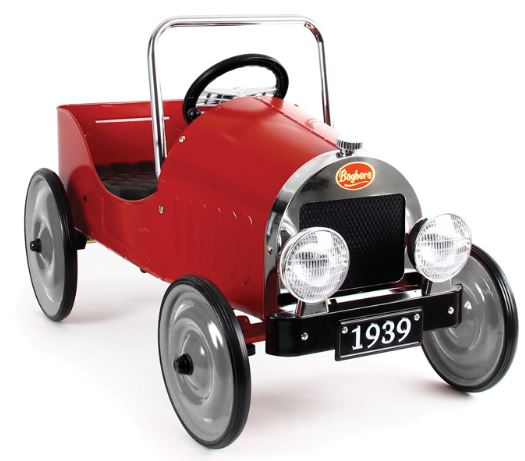
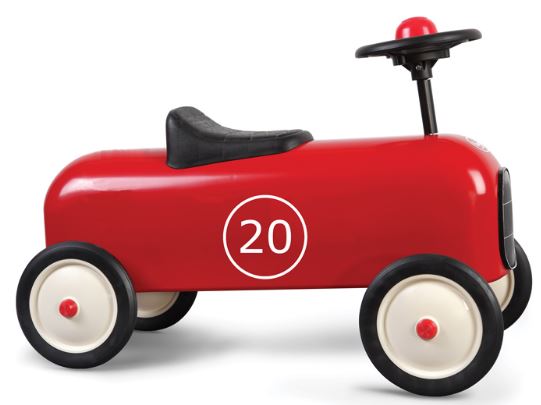
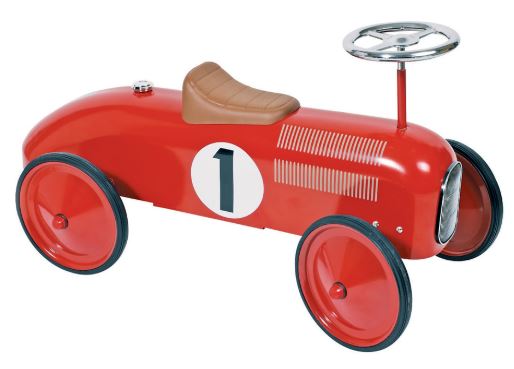
Fun Fact – Like many toys during the war, pedal cars stopped being produced as the metal was directed to the supplies for the war.
The post-war prosperity brought a new automobile to every driveway. Lots of children wanted a shiny metal pedal car to match their parents. Garton Kidillac deluxe cars from the Garton Toy Company, included a battery powered head and tail lights and were advertised in toy catalogues for $36.95 in 1954. In the same catalogue, $11.98 would get you a pedal and rod driven Murray Champion Sports Car.
Fun Fact – During the late 1930s some pedal cars made by U.R. Lines Bro’s were decked out with real Dunlop tyres, including a spare.
The pedal cars were not cheap to make as they had lavish details and the steel was typically enameled to ensure the rich and vibrant colours. In some models the pedals were even adjustable with movable windshields and rag-tops to ensure a more comfortable ride for the little racers. Models ranged from economy to luxury, just like their parent’s cars.
Fun Fact – The Garton Kidillac was even given away by car salesmen as a sweetener to buyers of the new Cadillac.
After the huge success and popularity that pedal cars attracted, companies started to manufacture pedal planes, trucks, trains and tricycles.
The 1970s saw plastic pedal cars being parked in driveways as new safety standards for metal cars were introduced, sadly leading to the end of the manufacture of ride-on metal cars.
When the company Murray stopped manufacturing pedal cars they moved onto the next big thing – the power lawn mower.
Fun Fact – The Australian Government released a stamp with a red Cyclops pedal car from 1953 as they were so popular here in Australia.
Pedal cars are still very popular today but sadly in today’s ‘throw – away society’ they’re now mostly made of plastic and mass produced. Tin pedal cars are still sought after however as a special big-ticket item or a collector’s item. They remain a classic with the same stylish appeal that they had many years ago but they’re now much harder to come by.
Here at The Vintage Toy Box we have a beautiful line of vintage inspired tin pedal cars in-store so you can relive memories of your past and allow your children to experience the hours of fun you had as a child.
Classic Toys | Rubik’s Cube
If you search for “The most popular toy in history” you will most definitely see mention of the Rubik’s cube.
Invented in 1974 by 30 year old Hungarian professor of Architecture and sculpture, Erno Rubik, the ever popular puzzle has been an all time classic for decades, stumping puzzlers young and old with its magical logic.
If you search for the most popular toy in history you will most definitely see mention of the classic Rubik’s Cube.
The six sided puzzle is made up of 26 plastic mini cubes often referred to as ‘cubies’ or ‘cubelets’ which all interlock in a way that prevents them being pulled apart. The object of the Rubik’s Cube is to solve the puzzle by lining up each side of the cube with the different colours.
Invented in 1974 by a 30 year old Hungarian professor of architecture and sculpture, Erno Rubik, the ever popular puzzle has been an all time classic for decades, stumping puzzlers young and old with its magical logic.
The Rubik’s Cube was was never meant to be a toy though. The inventor had the idea of constructing a handheld puzzle with the original intention being to help people understand three dimensional Geometry. The invention proved so curious however that it soon took the world by storm!
Erno Rubik got the patent for his creation in 1975 and paired with another Hungarian toy maker, they soon set the world on fire with this amazing toy, selling over 350 million cubes in the past 40 years.
Fun Fact: The original name for the Rubik’s Cube was the ‘Magic Cube’. It was renamed in 1980 to ‘Rubik’s Cube’, after the inventor as it was bizarrely felt that ‘Magic Cube’ invoked ideas about witchcraft.
The very first prototypes of the cube were made out of wooden blocks and paperclips, with the first test batches of a plastic cubes first being released into a toy shop in Budapest in 1977.
In 1980 the Rubik’s Cube won its first ‘Game of the Year’ award, with a staggering 200 million cubes being sold worldwide during the period 1980 – 1983. The Rubik’s Cube then went on to win ‘Toy of the Year’ two years in a row in 1980 and 1981, with ‘New Scientist’ magazine famously noting in 1981 that the Rubik’s Cube had:
‘Captivated the attention of children ages 7 – 70 all over the world this summer’.
Fun Fact: It took Erno Rubik over a month to finish his own puzzle!
The Rubik’s Cube craze kept growing and in 1981 the Rubik’s Cube was featured on the front cover of Scientific American, as an awe-inspiring advancement in science and technology. In the same year the first ever Super Cubing Championship was held by the Guinness Book of Records in Munich, for cubers to complete the puzzle in the quickest time possible. Jury Froeschl set the record for completing the cube in an amazing record time of 38 seconds!
That record was fabulously broken one year later by a Vietnamese student who set the record at 22.95 seconds. The current world record is an amazing 4.90 seconds held by a 14 year old boy since 2015. There is even a three year old from China who solved it in less than two minutes! Wow!!
Over the years the competitions have evolved to include variations such as solving the cube one handed, blindfolded, underwater, in a single breath and even using ones feet (that record stands at 20.57 seconds)! To this day however, no human has ever been able to beat a robot in completing this puzzle.
Fun Fact: Three of the top ten bestselling books of 1981 were books based on the Rubik’s Cube with the number one bestseller being, ‘The Simple Solution to Rubik’s Cube’, which sold a whopping six million copies.
During the 1980’s and 1990’s the Rubik’s Cube was still being marketed and sold but sales decreased. It wasn’t until the early 2000’s that sales began to soar again as retro toys became popular once again, with sales doubling between 2001 and 2003. In 2003 the first Rubik’s Cube Championships were held since 1982 with an astounding 83 participants.
Fun Fact: Less than 5.8% of the whole world’s population can solve the Rubik’s Cube.
2006 saw another rise in sales when Will Smith was shown solving the Rubik’s Cube in the popular movie The Pursuit of Happiness. The cube has also appeared in a number of other movies such as Despicable Me 3, Tron Legacy, Dude Where’s My Car, Armageddon, The Amazing Spiderman, Wall-E and Snowden. You can also catch a glimpse of the cube in the popular TV shows The Big Bang Theory, South Park and The Simpsons.
Fun Fact: The Rubik’s Cube has 43 quintillion possible configurations (that’s a million raised to the power of five!)
Classic Toys | Step Back in Time | Toys From The 1950s
The 1950s was a decade of great change, and was also known as the golden age of television, with television becoming a huge influence on what to wear and buy.
Rock and Roll led to fun times and fashion became more relaxed.
Rock ‘n’ Roll emerged in the 1950s with the arrival of Elvis Presley on the music scene in 1956. Elvis is still celebrated today as the King of Rock ‘n’ Roll with an enormous amount of impersonators around the globe still paying tribute to ‘The King’.
Fun Fact: Parkes in NSW has been hosting an Elvis Festival since 1993, including a special "Elvis Express" train from Sydney to Parkes.
In 1959 a charted plane with Buddy Holly, Ritchie Valens and J.P. “The Big Bopper” Richardson went down and all of them, including the pilot perished. This tragedy was later known as ‘the day the music died’ and was forever memorialised in Don McLean’s hit ‘American Pie’ in 1972.
Fun Fact: Freddy Martin and Sammy Kayne’s hit single ‘I’ve got a lovely bunch of coconuts’ was number 1 on the charts in Australia for 3 weeks in April 1950.
The 1950s were also known as the golden age of television, with 4.4 million American families owning a television set in their homes. Americans spent most of their free time watching television and it became a huge influence on what to wear and buy. This American influence spread to the UK, Europe and Australia.
Fashion changed greatly during the early 1950s with young men and women being released from the disciplines of the Armed Forces. They opted for a more relaxed up-beat style with Hawaiian shirts, striped t-shirts and bright cotton frocks leading the way.
Fun Fact: In 1951 Melbourne women started to wear short dresses with full skirts over stiff petticoats and the trend took on Australia wide.
1950 was a big year for comic books when Charlie Brown, Snoopy and the rest of the Peanuts crew were introduced to the world by creator Charles M Shultz in the classic comic strips. This was closely followed in 1951 by comic classic Dennis the Menace in The Beano comic.
Fun Fact: Dennis ran in more than 1000 newspapers and in nearly 50 countries around the world and still continues to this day with his trusty sidekick Gnasher.
We saw a new Queen in 1953 with the Coronation of Queen Elizabeth II, hundreds of millions tuned in on their TVs to watch Queen Elizabeth II taking over the throne. We also saw a new on-screen princess in Walt Disney’s movie Cinderella in 1950, which was marketed as ‘A love story with music’.
Fun Fact: TV dinners where introduced to America in 1953 and featured a Thanksgiving style dinner with Turkey and Potatoes!
Dr Seuss released his iconic book Cat in the Hat in 1957 and it quickly became a family favourite, later being made into a movie of the same name in 2003. How The Grinch Stole Christmas was released in 1957 and has now just premiered as The Grinch just in time for Christmas this year (we loved it here at The Vintage Toy Box!!).
Another book which has also been translated to the big screen is Horton Hears a Who! which was written in 1955 and released in 2008 as a movie. Dr Seuss had written 60 books in his career.
“You’re never too old, wacky or wild to pick up a book and read to a child” – Dr Seuss
In the mid 1950s Play-Doh first hit the shelves. Originally made in off-white, but later re-introduced in a three-pack of red, blue and yellow. Advertisements were regularly shown during children’s television shows which furthered product sales, leading to a high spike in children’s toy advertisements on TV.
Fun Fact: During the 1930s Play-Doh was actually used as wallpaper cleaner and it wasn’t until the 1950s that it was reworked and re-marketed as a children’s toy!
Disneyland first opened its doors in 1955 with the grand opening of the Disneyland Resort in California. It took one year to construct and since then has undergone continued construction time and time again to add and extend. New additions included New Orleans Square featuring the Pirates of the Caribbean, Bear Country (now known as Critter Country), Splash Mountain and the homes of Winnie the Pooh and Piglet and Mickey’s Toontown, a small sized recreation of the Mickey Mouse Universe where visitors can meet all the characters and visit their homes.
Fun Fact: Mickey’s Toontown was actually inspired by ‘Who Framed Roger Rabbit’ and resembles a set from the Max Fleischer cartoon.
During 1958 the Hula Hoop twirled into the shops, invented by Arthur K ‘Spud’ Melin and Richard Kneer. The men first marketed the Hula Hoop as an exercise hoop. 20 million hoops were sold in less than 4 months and reached a whopping 100 million sales in 2 years. Due to the ever growing love for the Hula Hoop it was inducted into the Toy Hall of Fame in 1999. Hula Hooping is still extremely popular with entertainers using Hula Hoops with fire and light effects to wow the crowd.
Fun Fact: The most Hula Hoops twirled at once was an impressive 160 which was set by Marawa the Amazing!
In 1957 the modern day Frisbee flew onto the scene, being the first registered trademark of the Wham-O Toy Company. By 1994 one hundred million Frisbees had been sold, and there is now even an association dedicated to Frisbee enthusiasts called the International Frisbee Association founded in 1967. Here at The Vintage Toy Box we stock an awesome Frisbee with a vintage style seaside design. Perfect for family picnics over the summer months.
Classic Toys | Step Back in Time | Toys From The 1940s
The Forties was a decade dominated by the Second World War, which had a profound and everlasting effect on the whole world.
Life still continued however, but everyone had to become more inventive and use their imagination more.
The Forties was a decade dominated by the Second World War, which had a profound and everlasting effect on the whole world.
Childhoods were changed and family lives vastly altered as thousands of children were evacuated from the cities during The Blitz, separated from their families, and sent to live in the safety of the countryside, often with no more than a few clothes, and their one favourite toy.
Life still continued however, but everyone had to become more inventive and use their imagination more.
The biggest and most notable household invention of the 1940s was the microwave oven, which was patented in 1945 by a man named Percy Spence.
Fun Fact: The very first commercial use microwave was sold in 1947. It was about 6 feet tall and weighed around 340 kg!
The Hills Hoist rotary clothes line, (that we still all use today), was also developed in 1945 by a man named Lance Hill. The Hills Hoist was not only used to hang out wet washing but was also used as a swing for little children – great fun! Velcro and Tupperware were also important inventions of the 1940’s that are still in everyday use today.
The 1940s was a huge decade for film; Walt Disney released the animated feature films Pinocchio in 1940, Fantasia in 1940, Dumbo in 1941 and Bambi in 1942. All of these classic children’s movies still make most kid’s favourite film list at one point in their young lives.
Fun Fact: Pinocchio and Dumbo had themed tin toys made after them. Pinocchio was a wind up tin toy and Dumbo was a simple tin figurine; both of which were very popular.
Another classic movie was released in 1943 - Casablanca starring Humphrey Bogart and Ingrid Bergman, and has continued to remain a classic ever since.
One of the greatest films ever made, It’s a Wonderful Life (a Christmas classic movie and all time festive favourite) was released in 1946 and is now a staple of Christmas television around the world.
Great Expectations was released in 1946, and in 1948 the Charles Dickens’ novel Oliver Twist was translated to the big screen., becoming an instant hit.
In 1940 Bugs Bunny first appeared in the Oscar nominated movie A Wild Hare. His outrageous and funny characteristics and his classic slogan, ‘Eh...What’s up Doc?’ meant that he was instantly loved by many during the Golden Age of Animation. His fame led him to be the official mascot for Warner Bros Entertainment and he also became a very popular cult icon.
Fun Fact: Bugs has appeared in more films than any other cartoon character and he even has his own star on the Hollywood Walk of Fame.
The most listened to music during the 1940’s was swing music, but as the decade moved forward Crooners such as Frank Sinatra, Bing Crosby, Nat King Cole and the timeless Ella Fitzgerald became extremely popular and together they all helped define the Swing Era.
As the world plunged into World War II, toy production became scarce as almost every man of age was absent from home, fighting over in Europe or Japan. Anything that could be used to make toys, such as steel and rubber was needed to build equipment, such as tanks, ships, planes, weapons and ammunition for the war.
In 1942 on the home front, three mini Japanese subs made their way into Sydney Harbour, sending fear through Australia. Some families even sold up their acreage and water views along the Harbour to start over further inland.
Families boarded up their windows, limited the use of electricity at night (so they wouldn’t be seen or heard) and never went outside after dark. During this time money was tight and most families couldn’t afford to splurge on toys for their children, (but that doesn’t mean the children had any less fun!).
Hopscotch became increasingly popular. The game, which originated in Ancient Rome, used to have courts that were over 30 metres long; massive compared to the courts children play on today! Jump rope, marbles and Jacks were often played too.
Fun Fact: Jacks were also known as knuckles and were actually played with bones that came from a hock or ankle of a sheep!
Reading became more of a focus in many homes with The Little Golden Books publishing its first 12 books including The Porky Little Puppy, Baby’s Book of Objects, The Little Red Hen and Nursery Songs, just to name a few. These books took only five months to completely sell out and sold a massive 1.5 million copies during that period. The Little Golden Book Series has grown tremendously over the years, with a total of 573 titles now in the collection. Some of the best sellers in the series are the special Christmas editions including Animals Christmas Eve, Cat That Climbed the Christmas Tree, Frosty the Snowman and many more.
Lionel Paper Trains (also known as the Lionel Wartime Freight Train) was also popular during the war. Lionel was looking for an alternative product to keep the brand name alive and recognised, as the Government restrictions on the use of various metals had halted their usual train set production. They produced an all paper train in March 1943 which was put on sale for $1 during the 1943 Christmas season. Lionel began manufacturing the original train again in 1945 when the Government lifted the restrictions.
Lionel wasn’t the only toy company that was forced to cease due to the Government restrictions. The manufacture of the Steel Radio Flyer Wagon, popular in the late 1930s was also forced to a halt. Thankfully it became just as popular when manufacturing started up again after the war.
After WWII ended model plane kits became very popular with children, featuring five models to cut out and put together including the Curtiss P-40 Warhawk, the North American Aviation P-51 Mustang, The Bell P-39 Airacobra and the Hawker Typhoon.
Another great toy that started production after the war was the classic Slinky spring toy. “Slinky... Slinky... everyone loves a Slinky”... this fun little toy was released just in time for Christmas in 1945, and the first 400 Slinkies made sold out in minutes.
The story behind the Slinky is that it was actually invented completely by accident when a mechanical engineer accidentally knocked some ship springs off a shelf as he was working. Instead of falling straight down, it was said that they “walked” down. The Slinky has been a sought after stocking filler ever since! The Slinky became evermore popular in recent years by the release of the Toy Story movies with the character Slinky Dog or ‘Slink’, (a toy dachshund with a slinky for his middle). He is Woody’s loyal sidekick.
Fun Fact: The Slinky got inducted to the National Toy Hall of Fame in 2000.
All of these years after the World War came to an end people are still fascinated with all things related to the war, indicating what a profound effect this period of time had on the development of the world.
There are a huge number of movies that have been made over the years dedicated to the war including Black Hawk Down starring Ewan McGregor and Eric Bana (who later starred as The Hulk), the 1998 block buster hit Saving Private Ryan, directed by Stephen Spielberg and another block buster hit, Pearl Harbour starring Ben Affleck and Jennifer Garner. These are just a few of the 100’s of war inspired movies that have been made over the years.
Many video games have also been made to represent war time including the ‘Call of Duty’ series with an epic 15 war inspired games in the series, the latest one being ‘Call of Duty Black Ops 4’ that was released in Oct 2018. The other major video game franchise is ‘Battlefield’ where the maps in the game are based on real battles that took place.
Over here at The Vintage Toy Box, we recognise and appreciate the smaller things in life, and look back at the decade of sacrifice with appreciation for what we now have, thanks to the selfless acts of the many. Lest we forget.
Classic Toys | Kaleidoscope
Amaze the eyes with brilliant colours and patterns with the classic Schylling design. These beautifully illustrated tin kaleidoscopes continue to dazzle all who lay their eyes on them, and little hands always make a beeline for them in store.
Amaze the eyes with brilliant colours and patterns with the classic Schylling design. These beautifully illustrated tin kaleidoscopes continue to dazzle all who lay their eyes on them, and little hands always make a beeline for them in store.
The kaleidoscope is thought to have been invented in 1816 by Scottish inventor Sir David Brewster, with its name originating from the Greek words meaning ‘beautiful form watcher’.
Did you know that Sir David Brewster went on to advance lighthouse lens and stereoscope designs.
The visual stimulus provided by the kaleidoscope therapeutically promotes positive joyful emotions and promotes good mental health through colour therapy. We always new that traditional toys were good for you!
Classic Toys | Jacob's Ladder
Our Jacob’s Ladder is a traditional wood and lace click-clack toy and is a timeless classic, and a perfect edition to any toy collection. The Jacob’s Ladder is the original fidget spinner, perfect for busy hands.
Our Jacob’s Ladder is a traditional wood and lace click-clack toy and is a timeless classic, and a perfect edition to any toy collection. The Jacob’s Ladder is the original fidget spinner, perfect for busy hands.
The true origin of this classic toy, which produces visual and kinetic illusion is a mystery, however many believe that the toy finds its origins in China. We do know however that it received its earliest toy review in a 1889 American scientific article, describing the magic behind the mechanics.
In the 1700’s a Japanese polymath constructed one which was called Gennai’s Wondrous Click-clack; a name that is still around today. Another popular variation of this classic toy was an American 1940’s version, which had an indentation for a penny to disappear & re-appear.
Wherever it came from, the Jacob’s ladder is here to stay!
Classic Toys | Spinning Top
The simplest toys are always the best! We can’t help but love our traditional tin spinning tops from Schylling. These wonderful humming tin spinning tops are the perfect size for little hands. Each one features beautifully illustrated carousel graphics and entrances on each spin.
The simplest toys are always the best! We can’t help but love our traditional tin spinning tops from Schylling, and we’re not the only ones!
These wonderful humming tin spinning tops are the perfect size for little hands. Each one features beautifully illustrated carousel graphics and entrances on each spin.
Did you know that the earliest clay spinning top was discovered in 3500 BC - that’s almost six thousand years ago!
A wooden spinning top which was carved circa 1300 BC and was later discovered in King Tut’s tomb was another early example of this simple toy, although Indigenous peoples from around the world have been making spinning tops from fruits, nuts and seeds for thousands of years before this one was created.
Did you know that spinning tops stay upright from an angular momentum; a law that Newton expressed as ‘objects in motion, stay in motion’.




